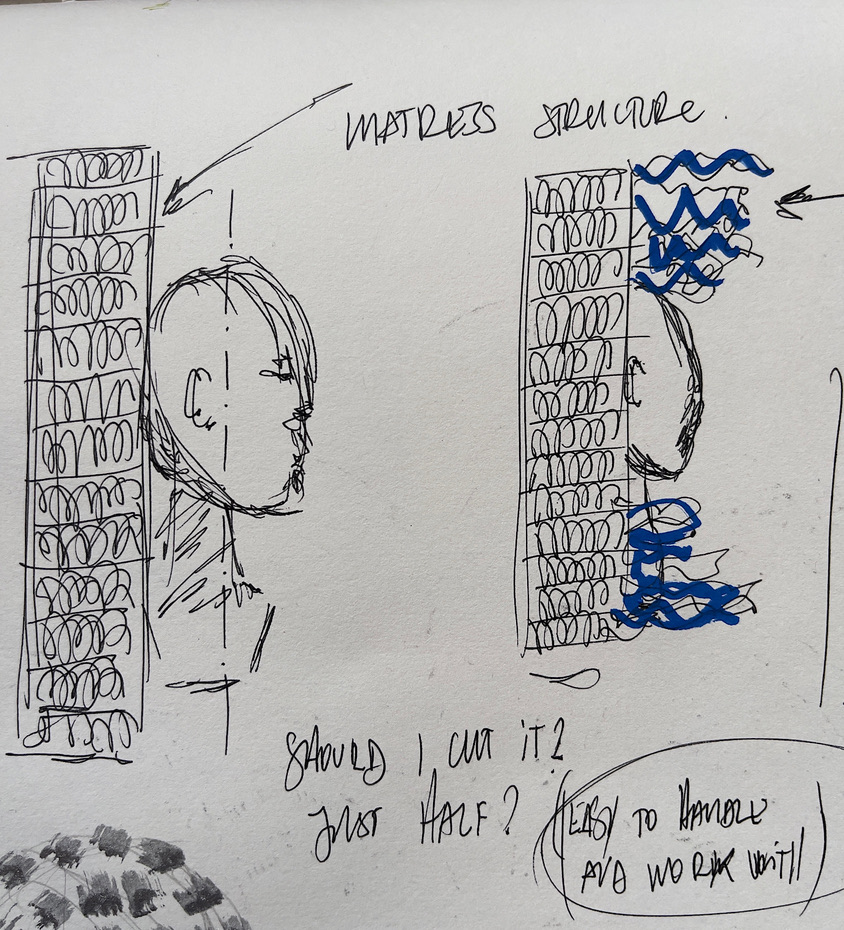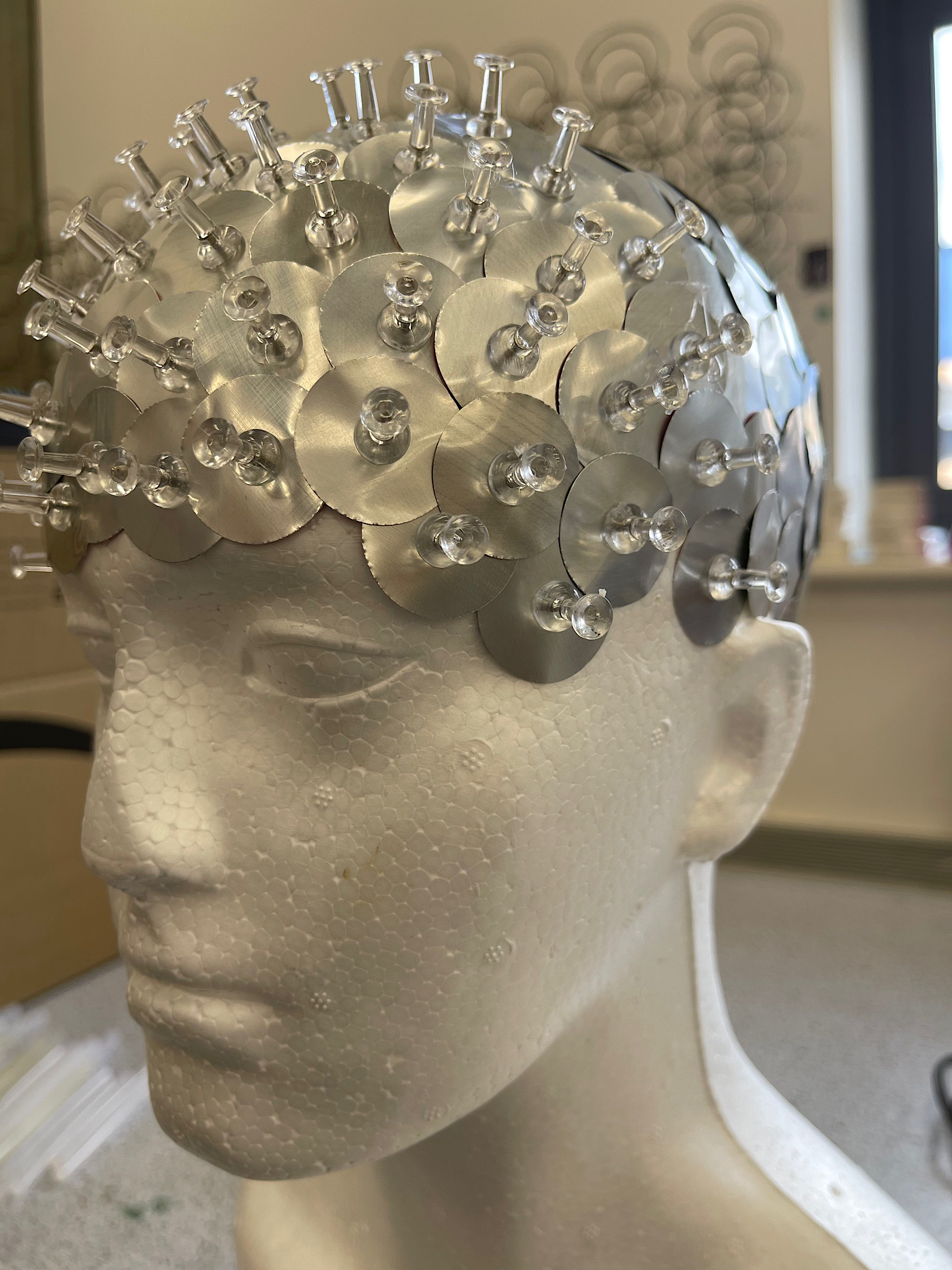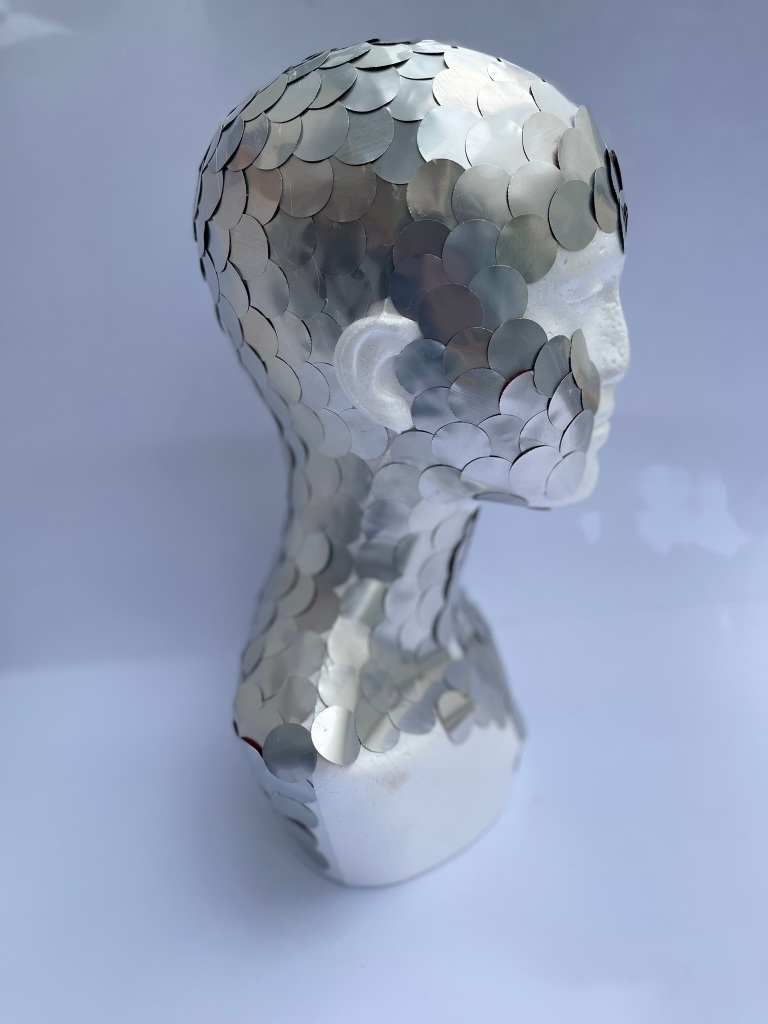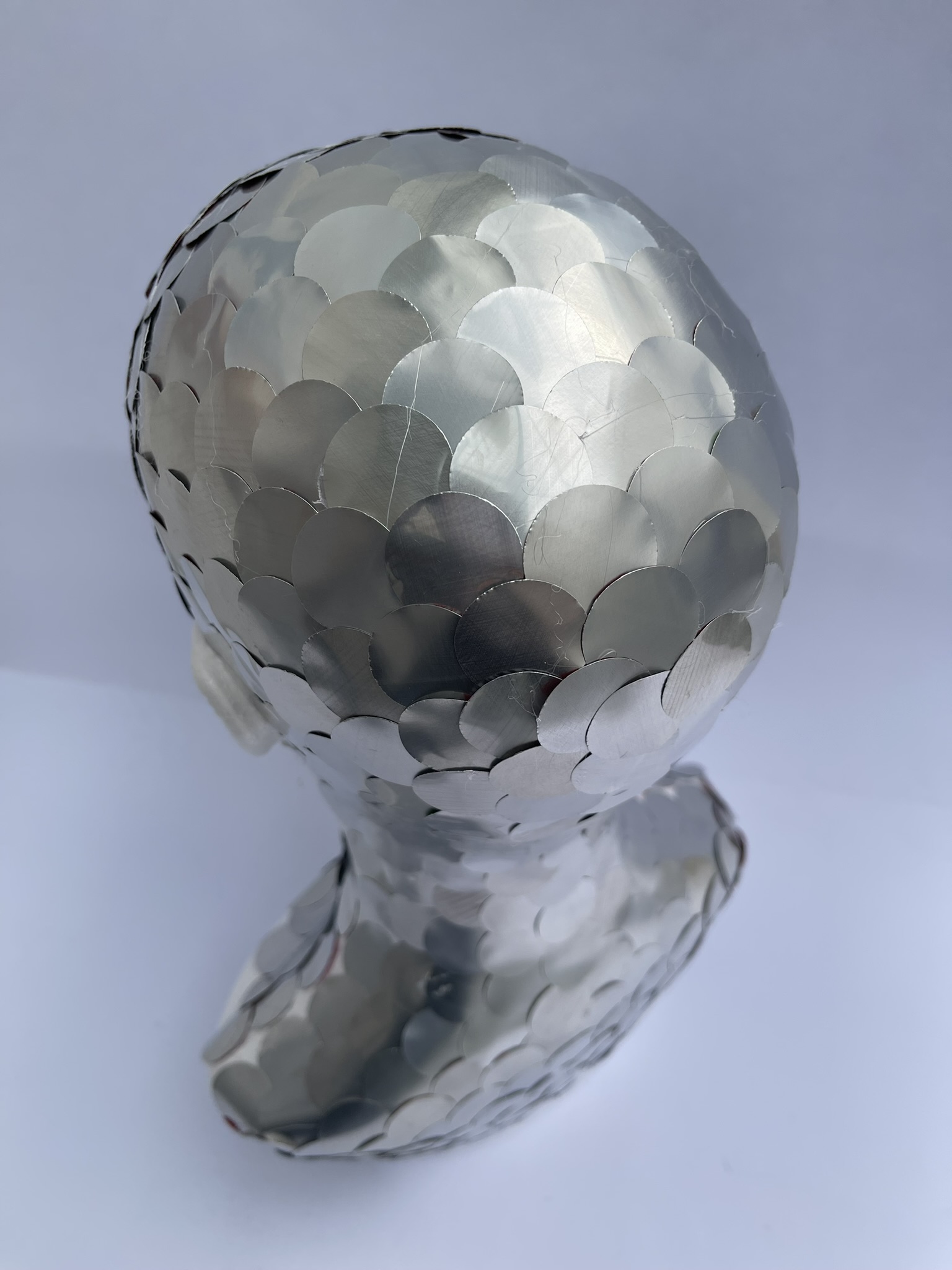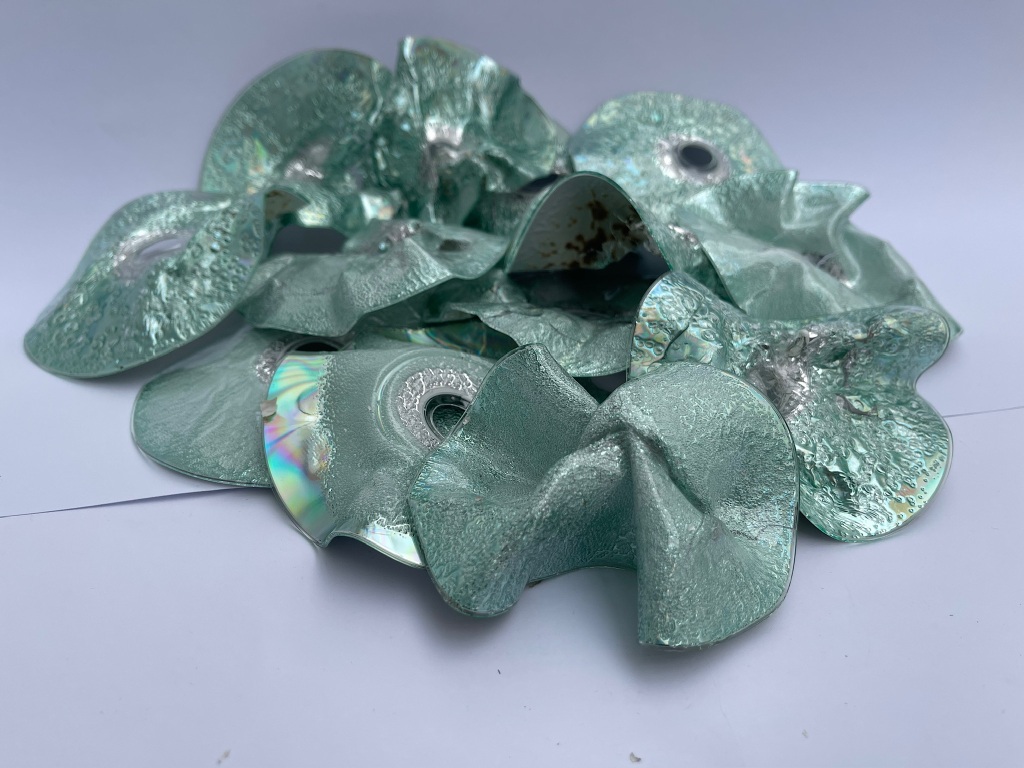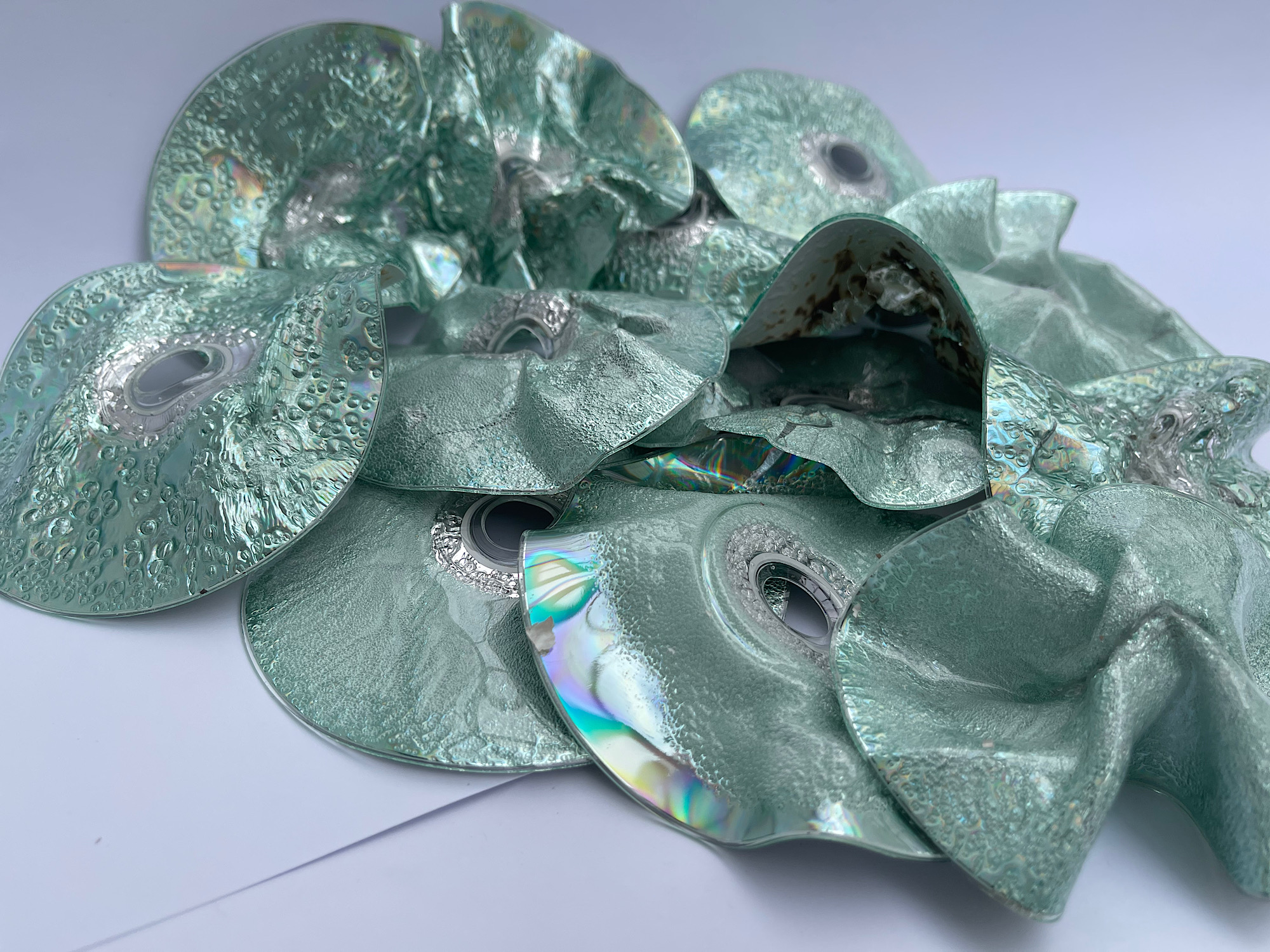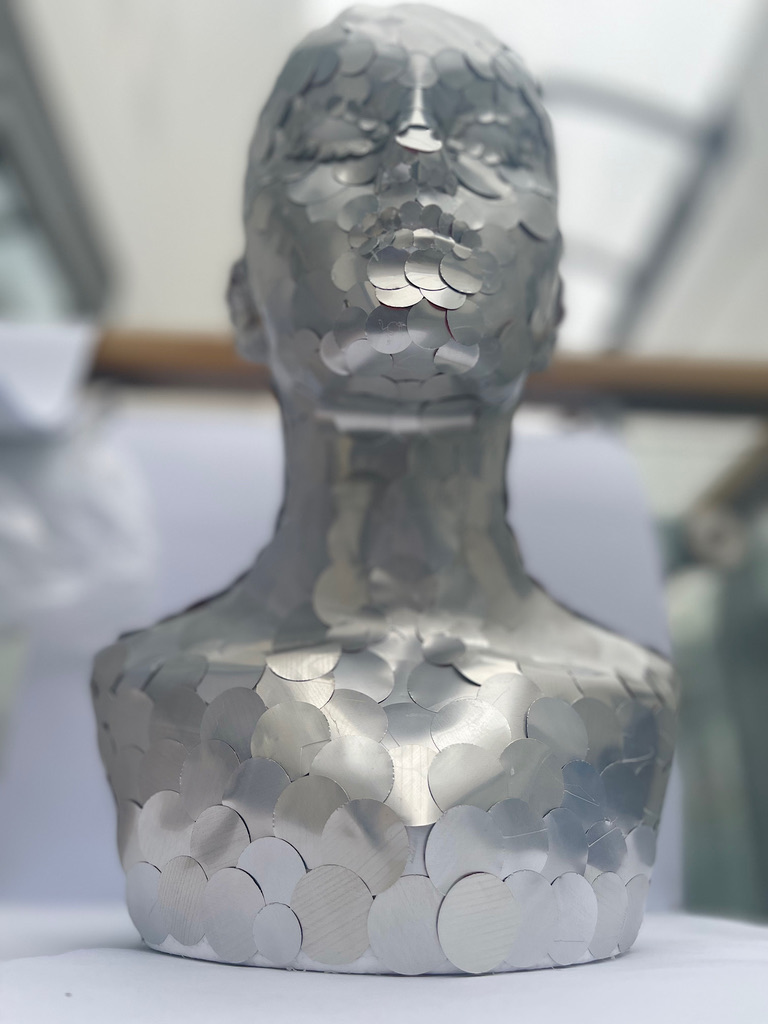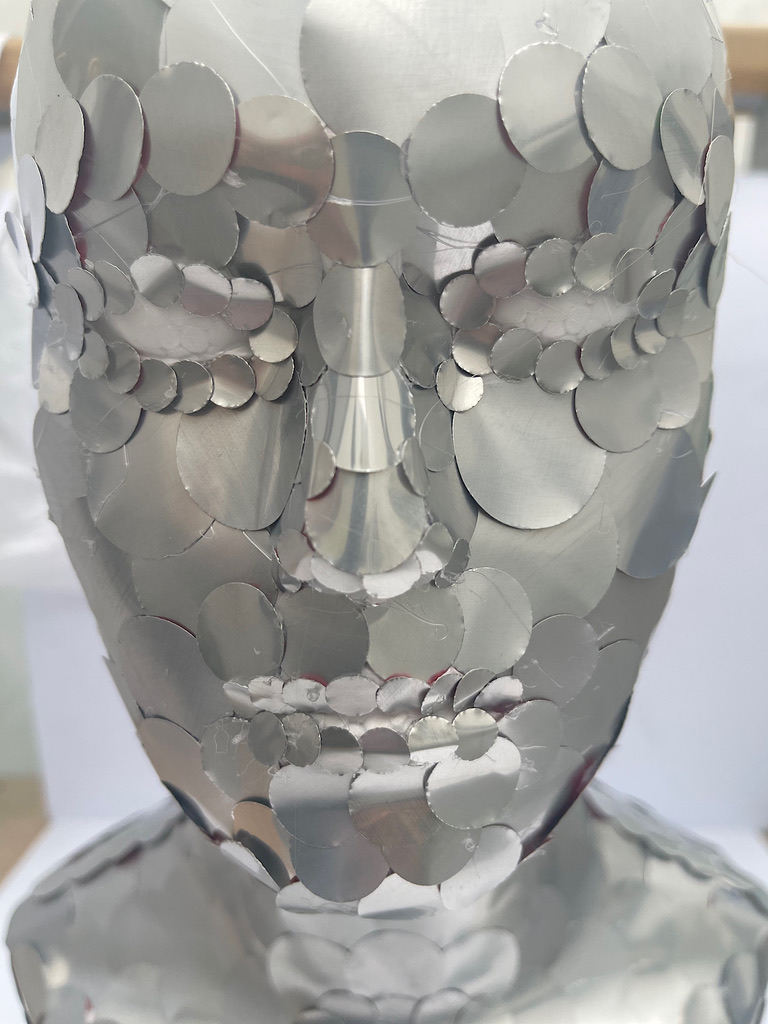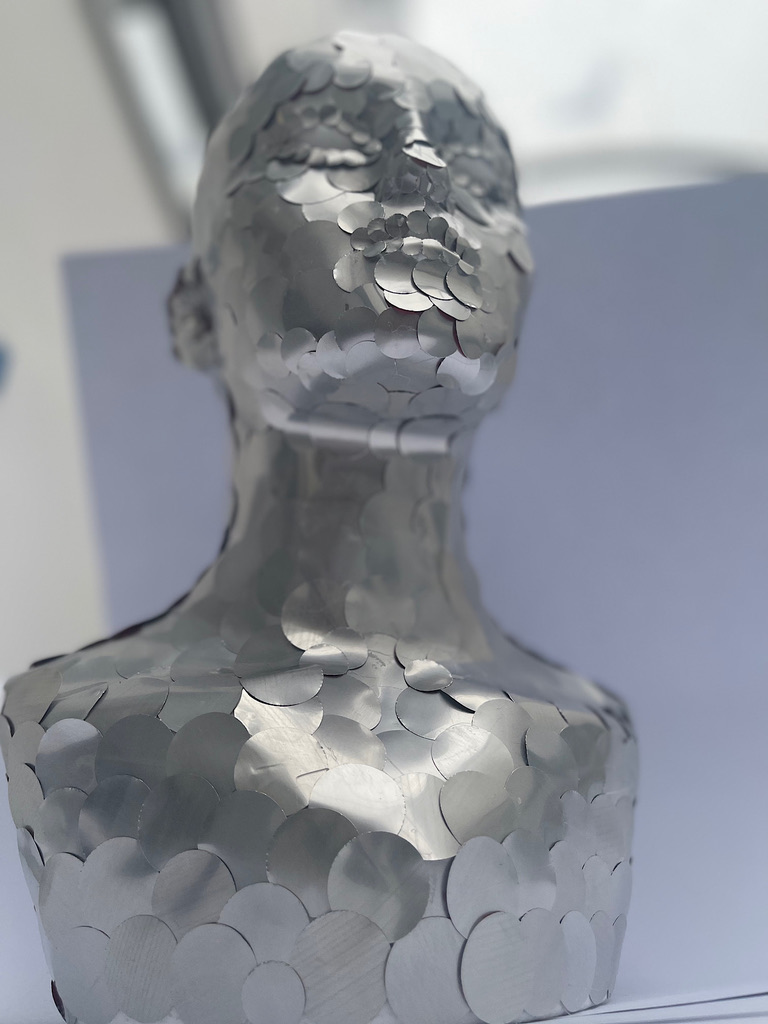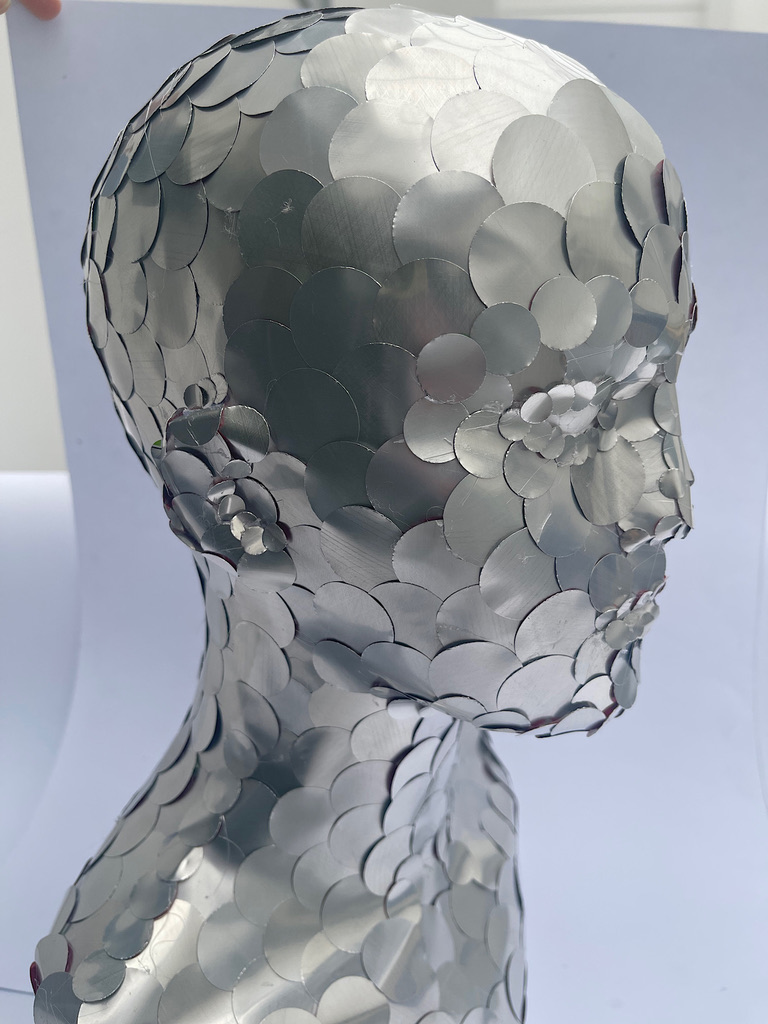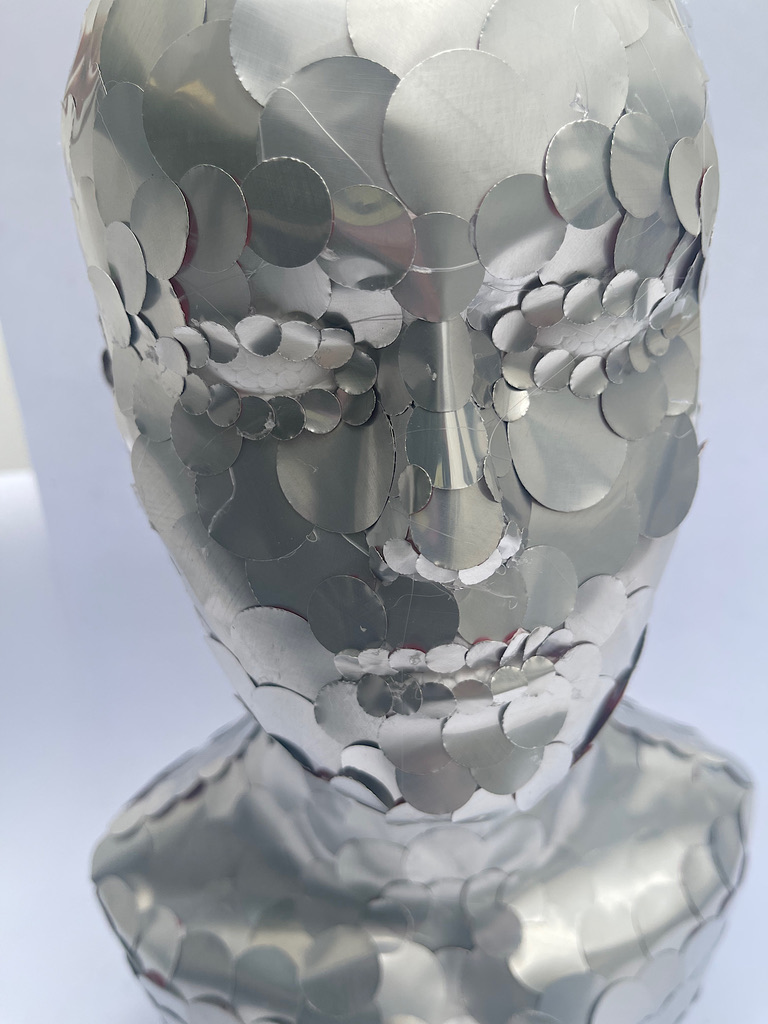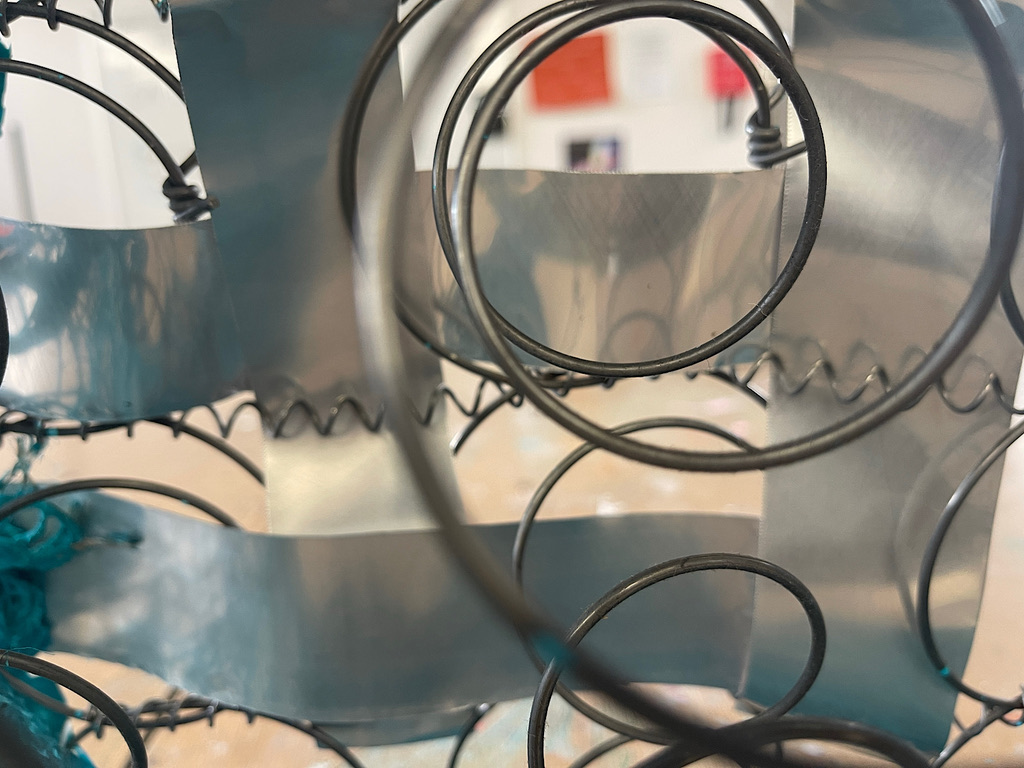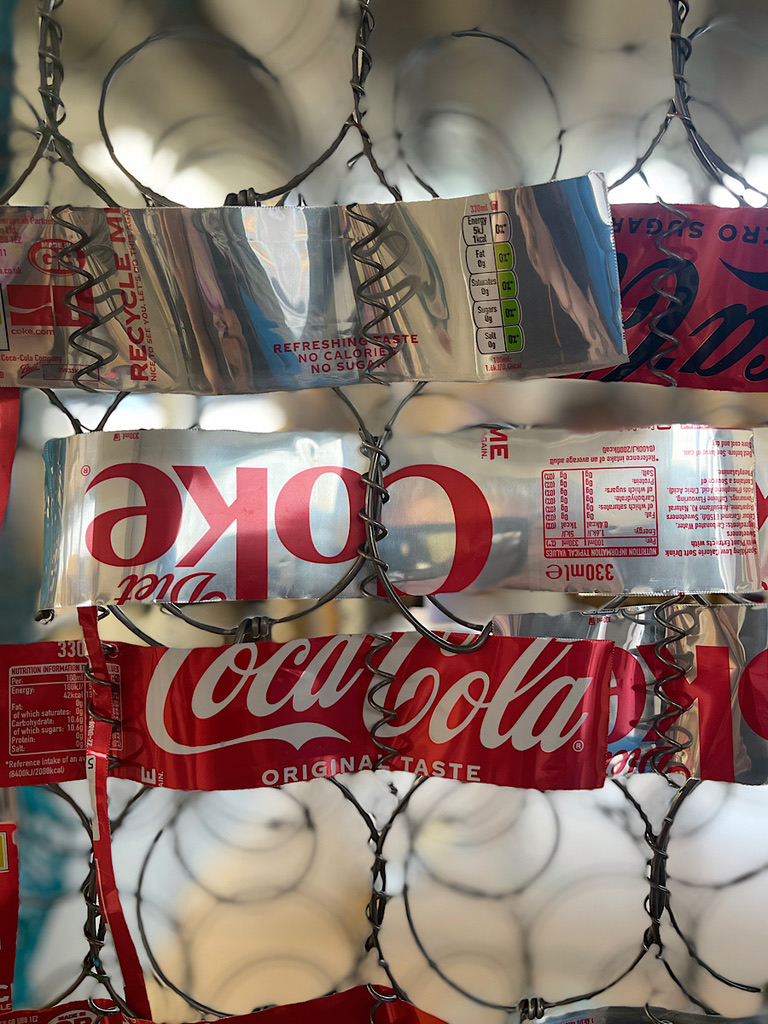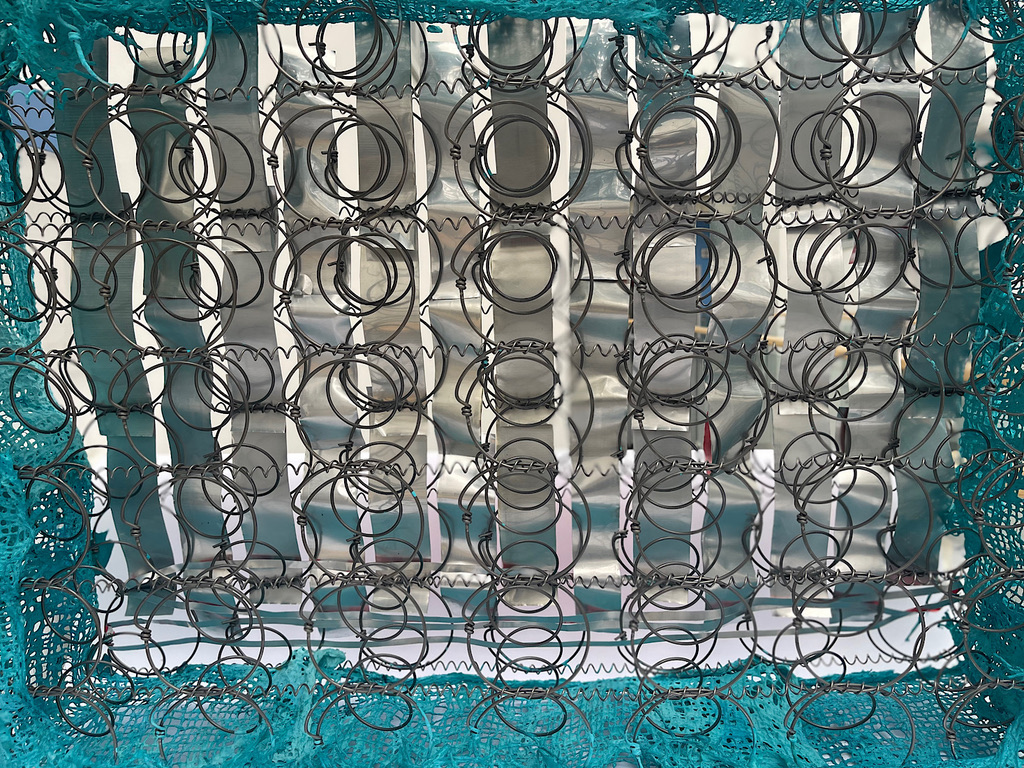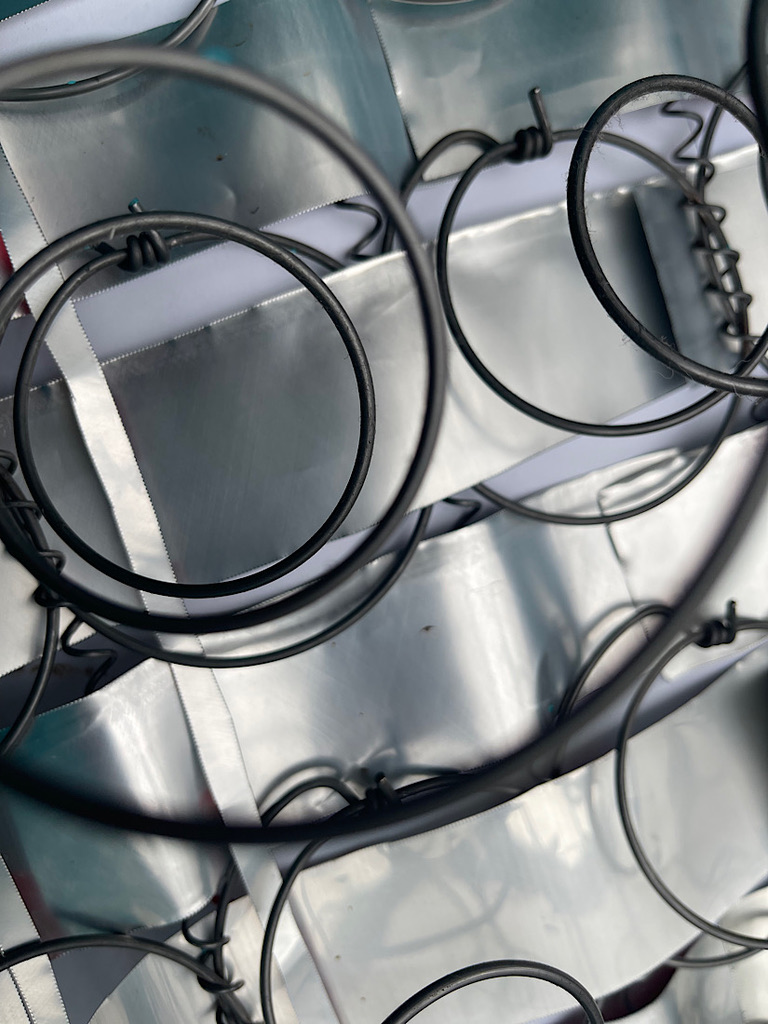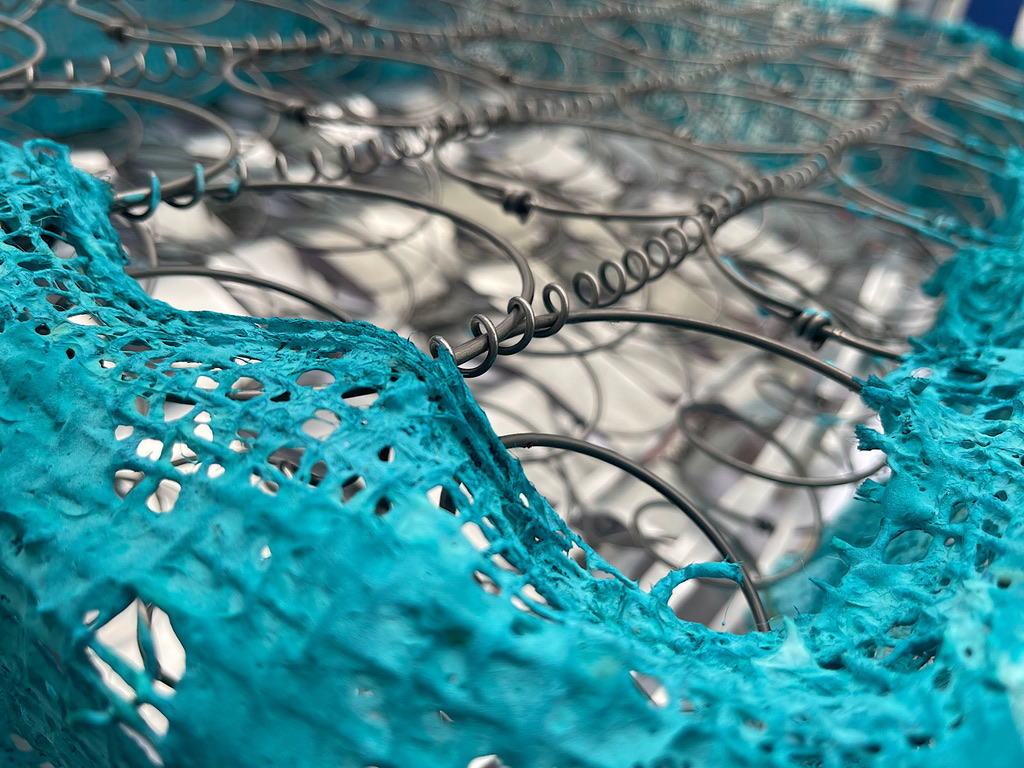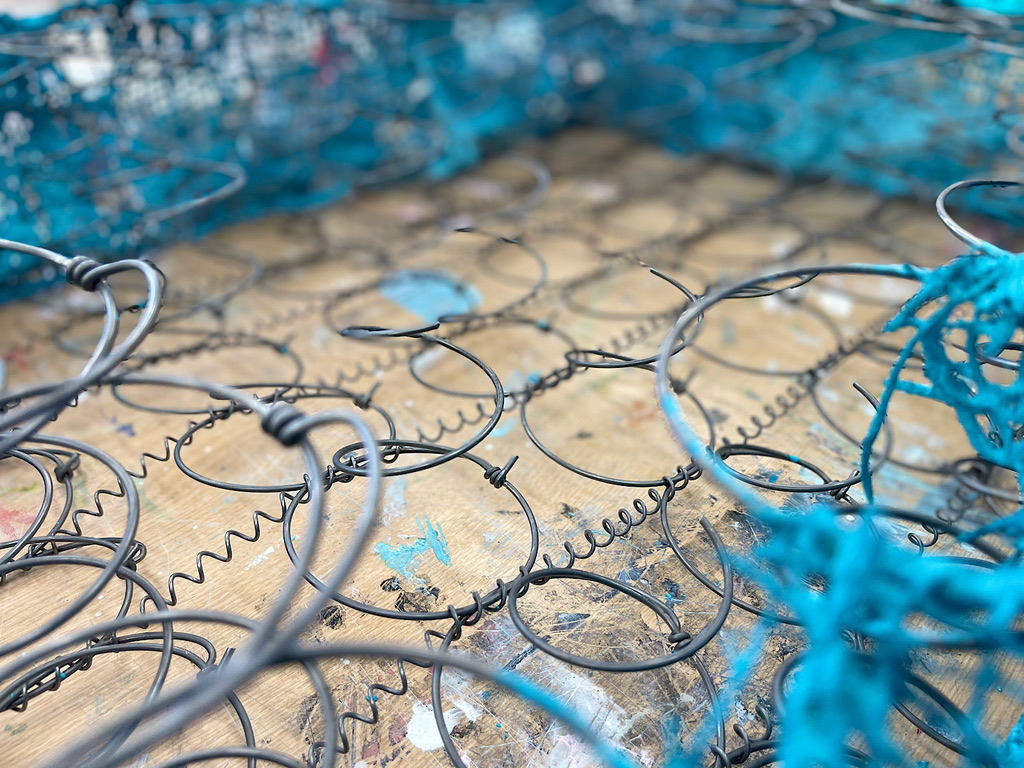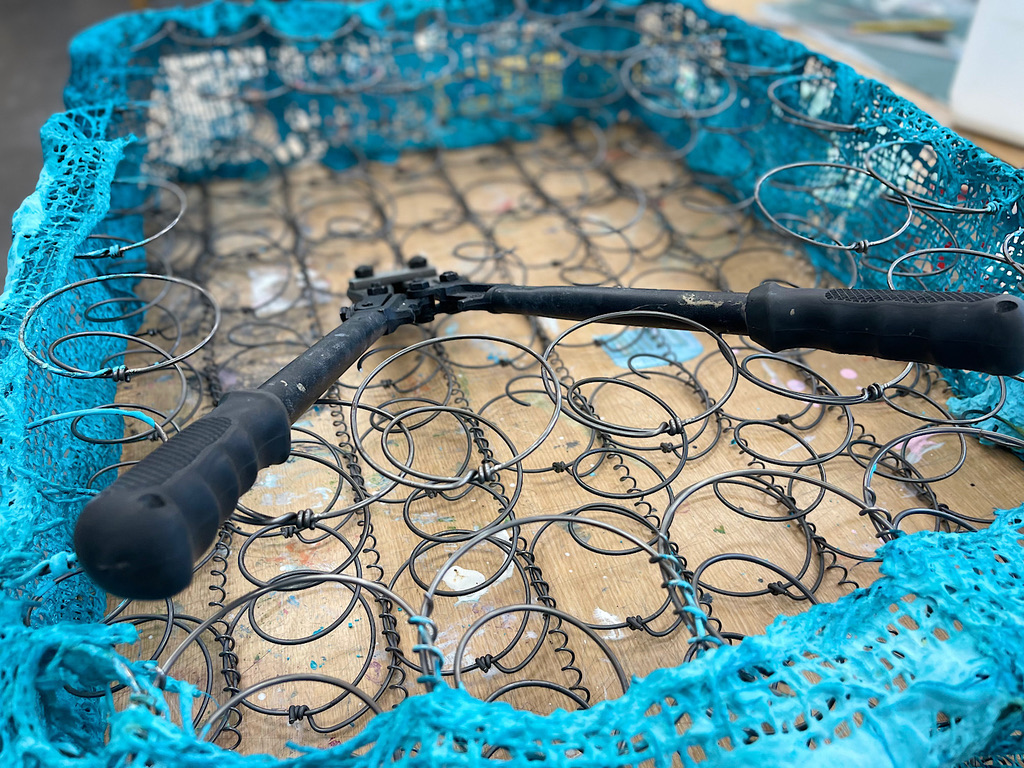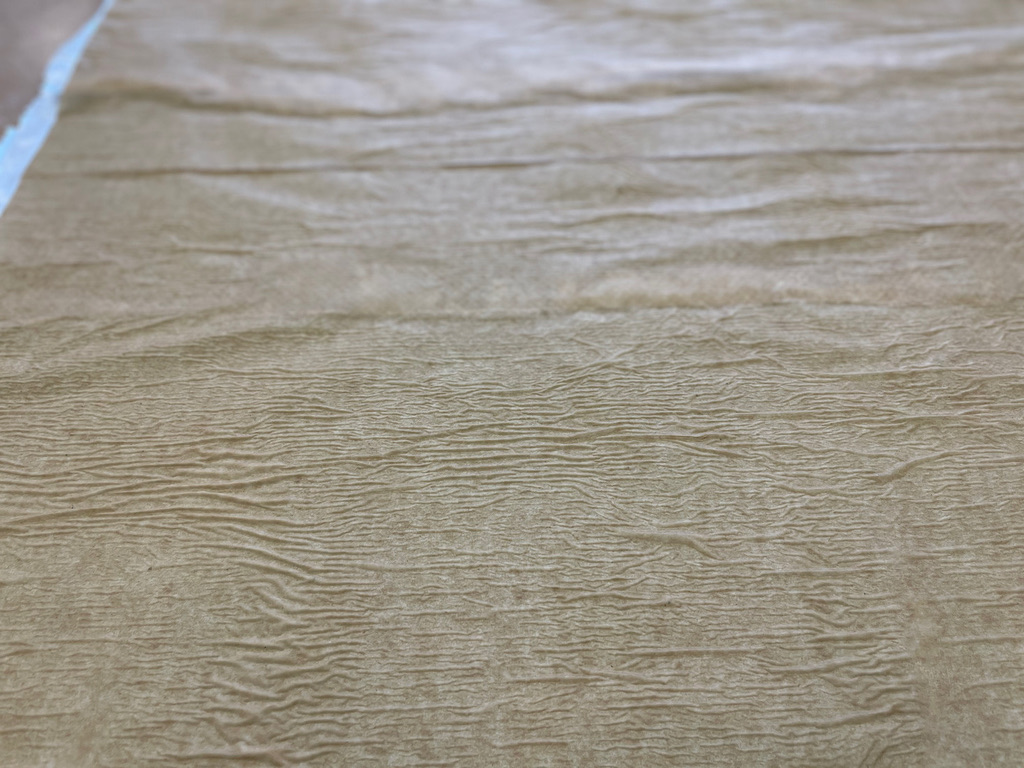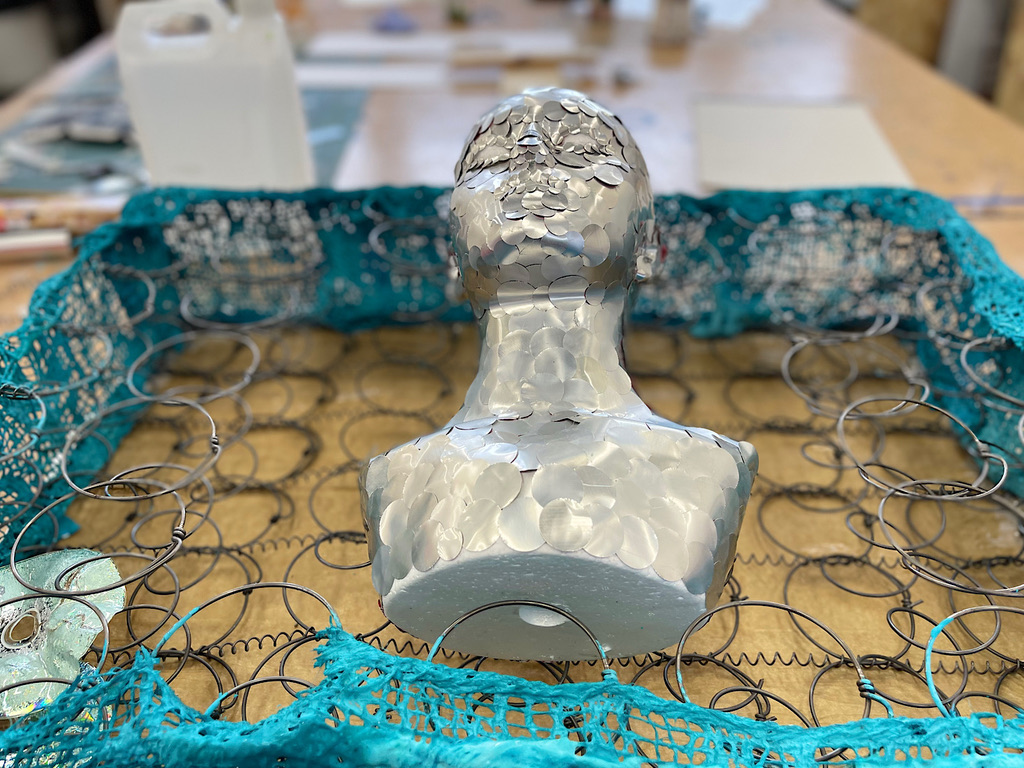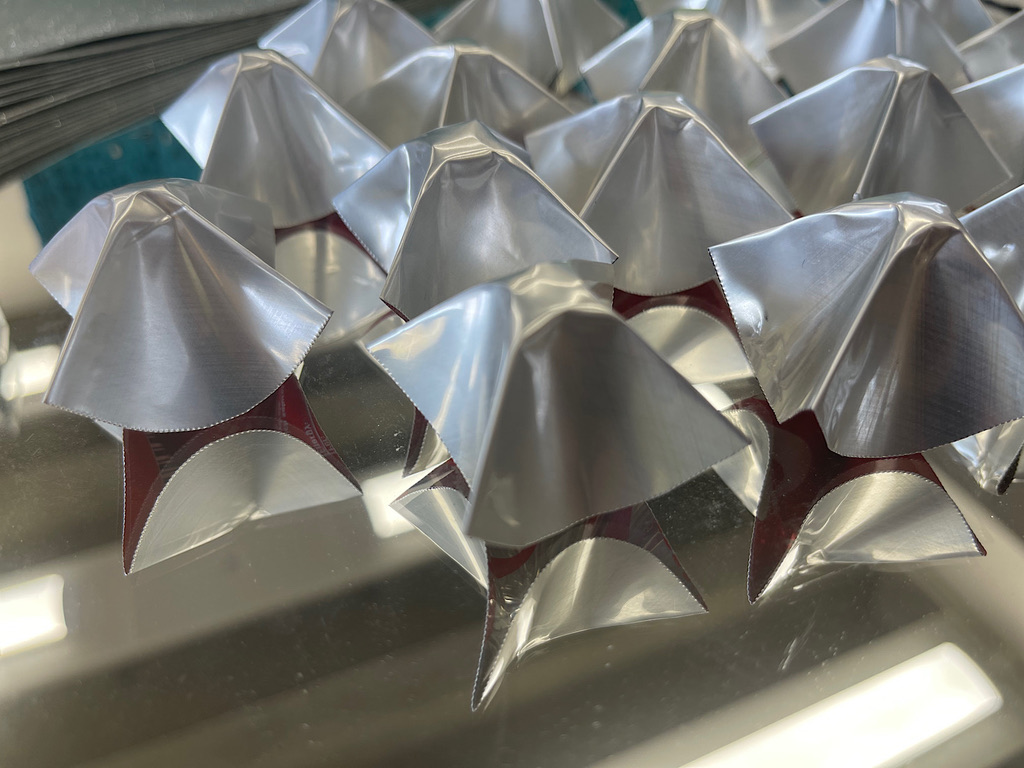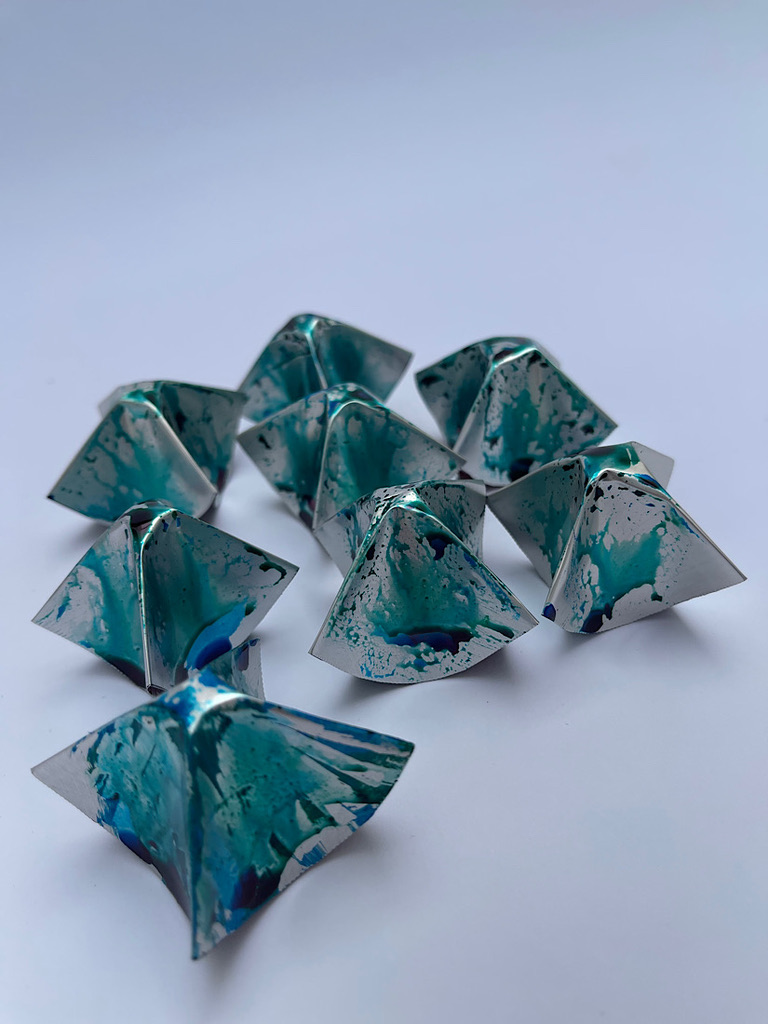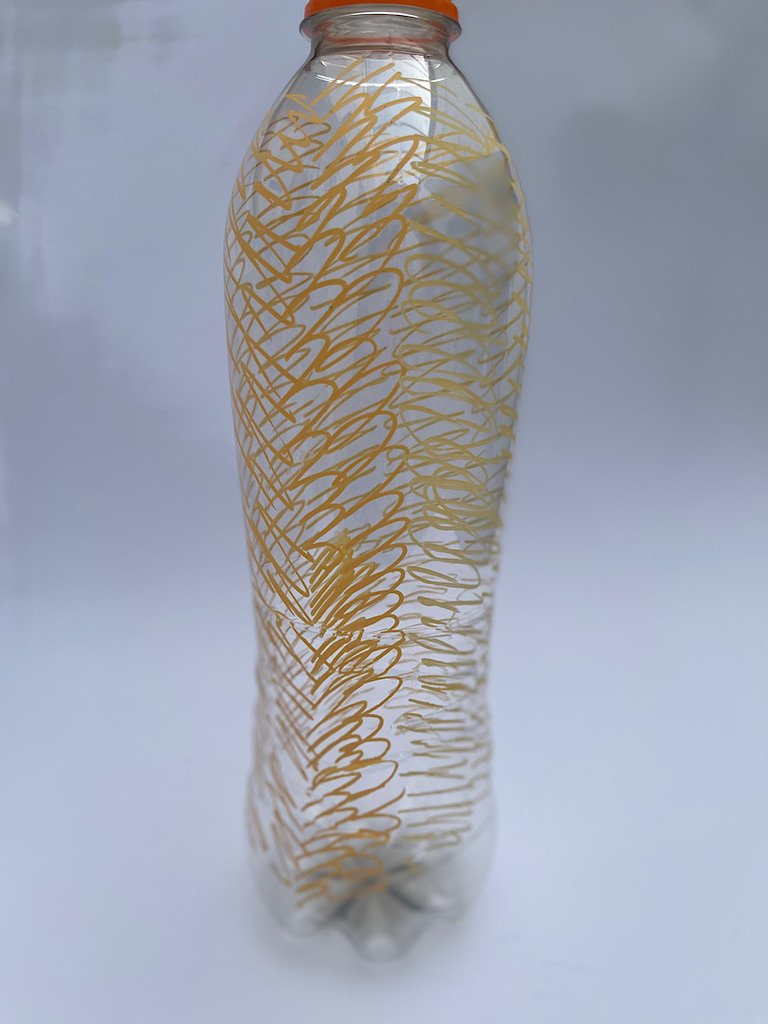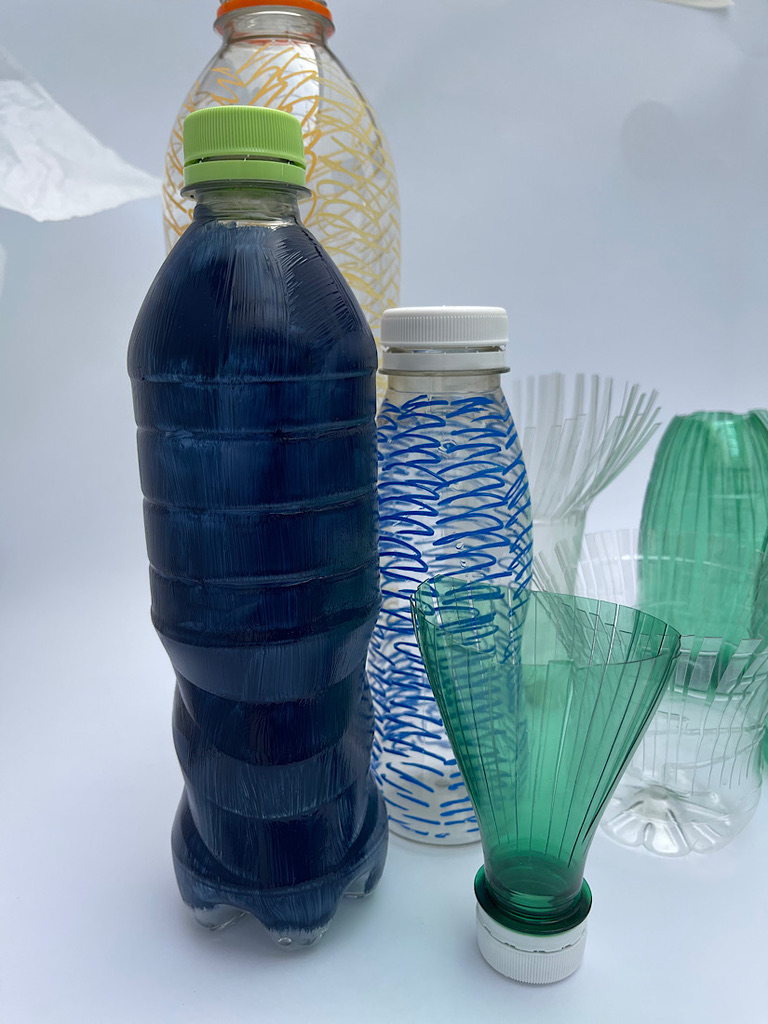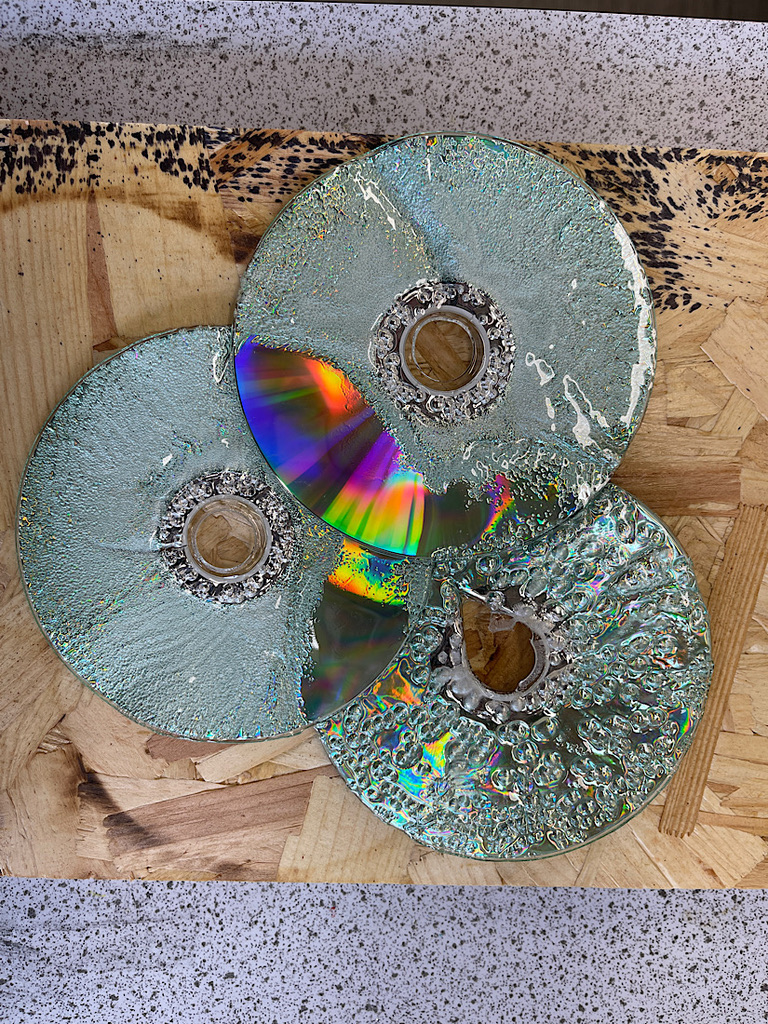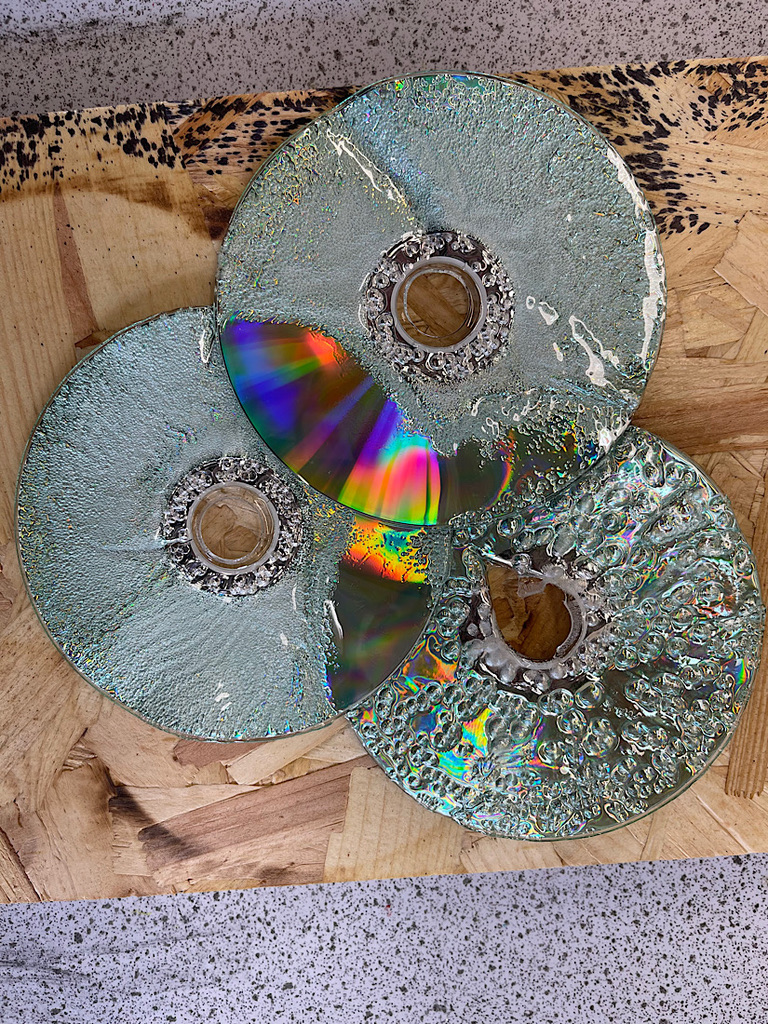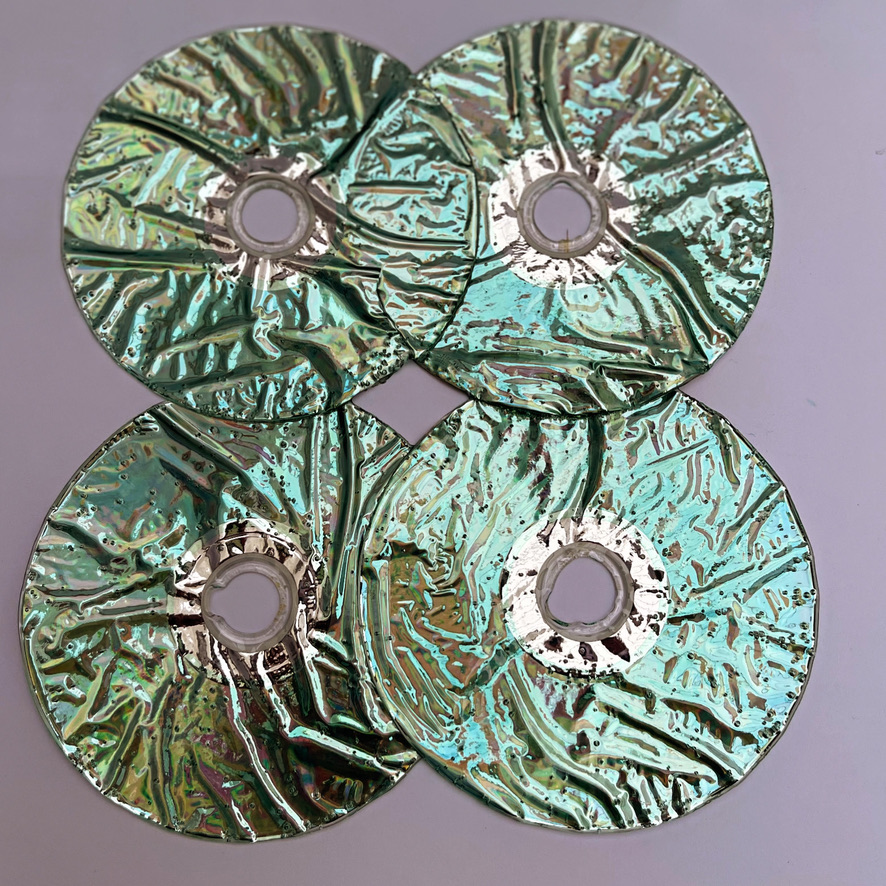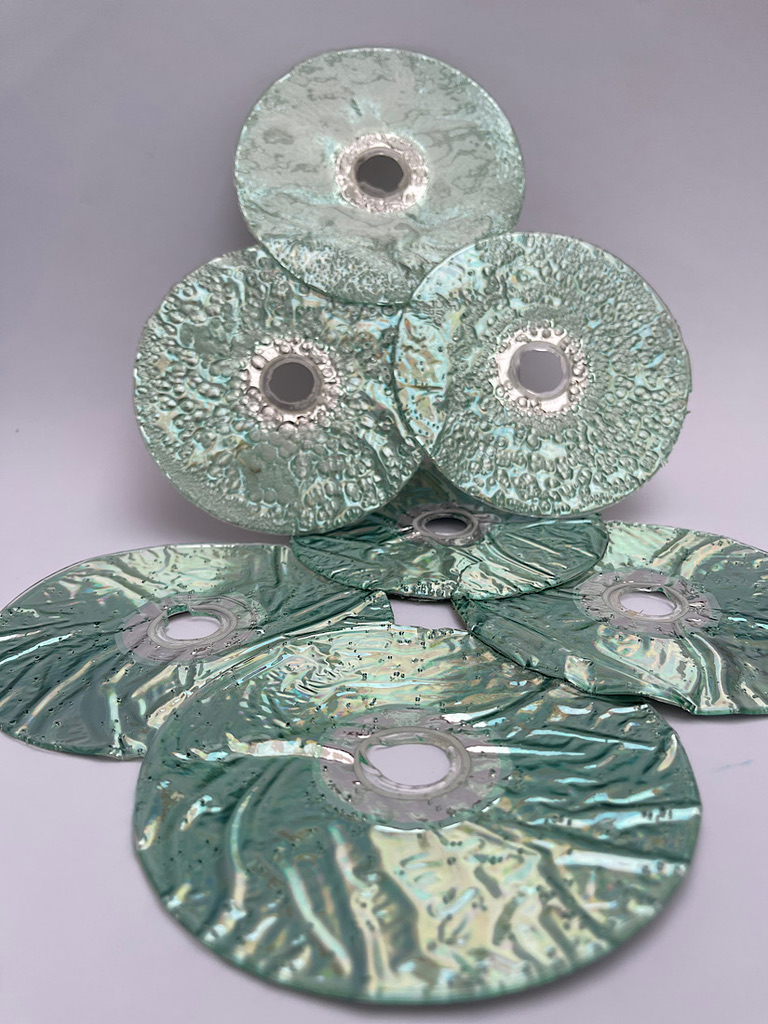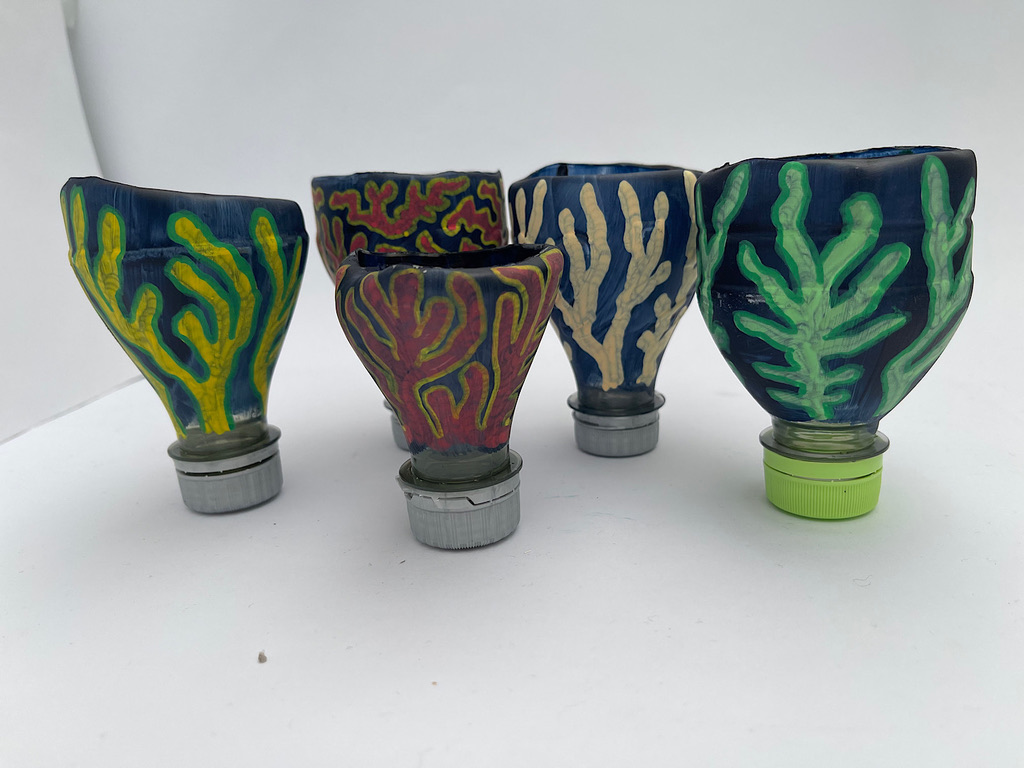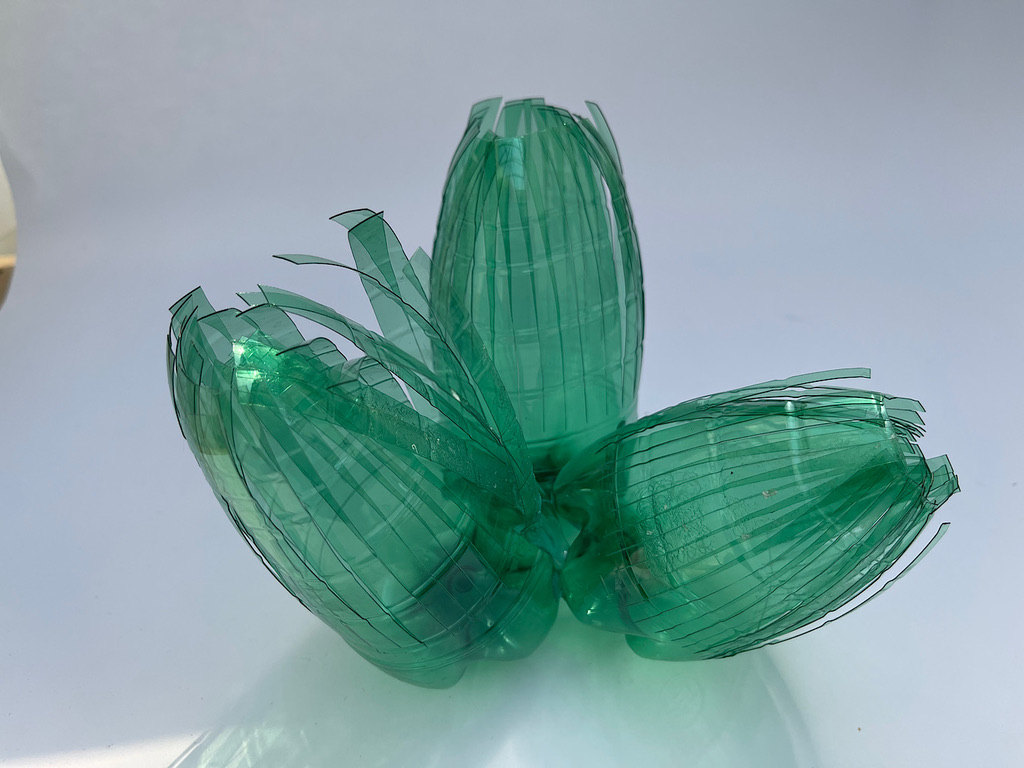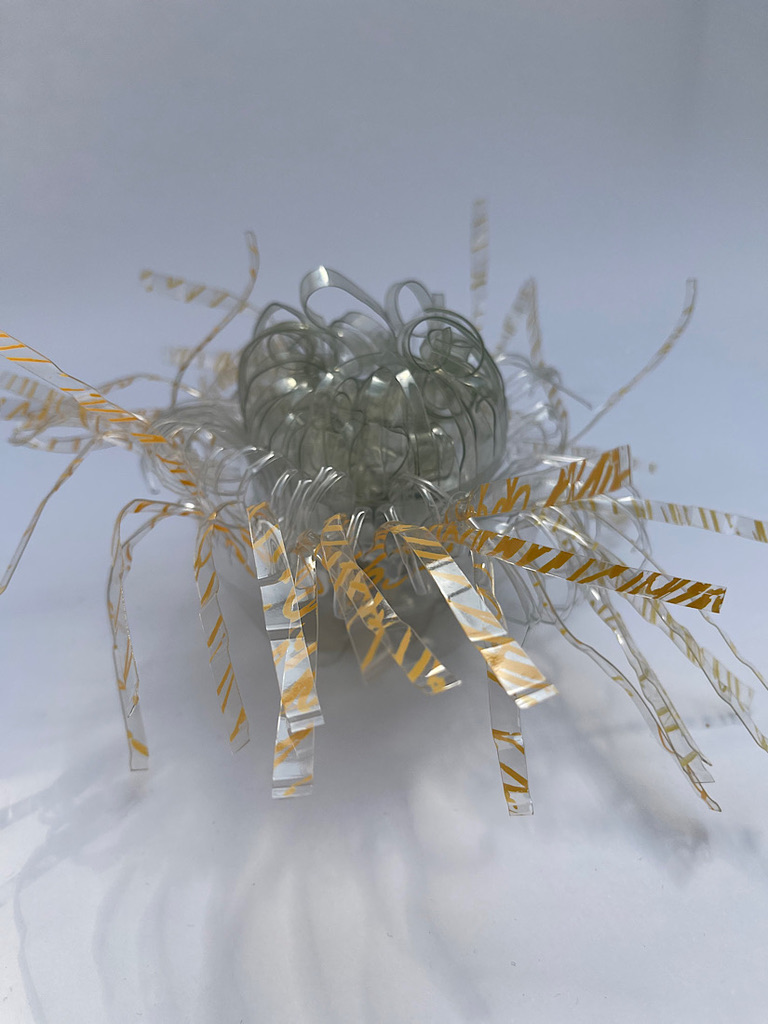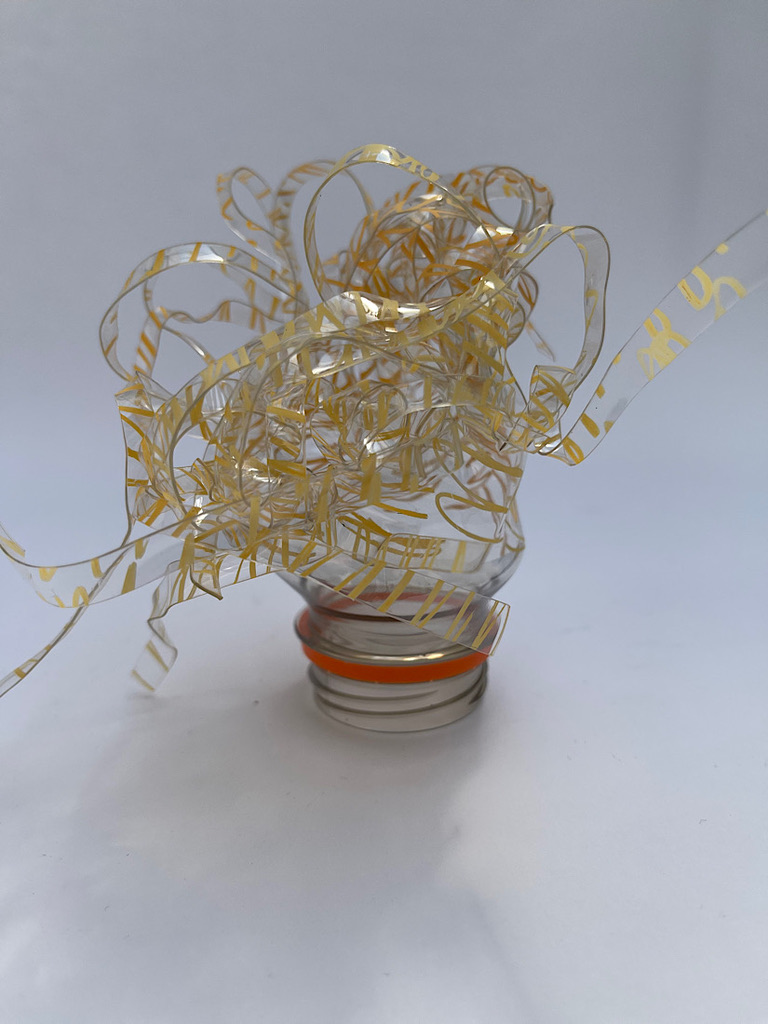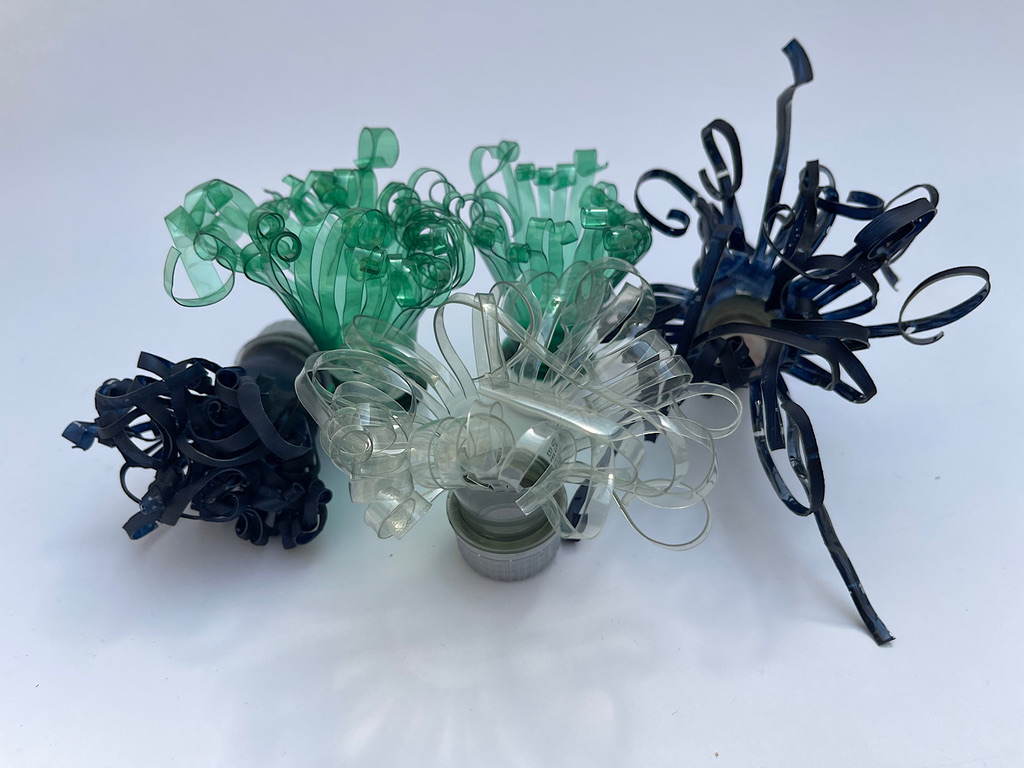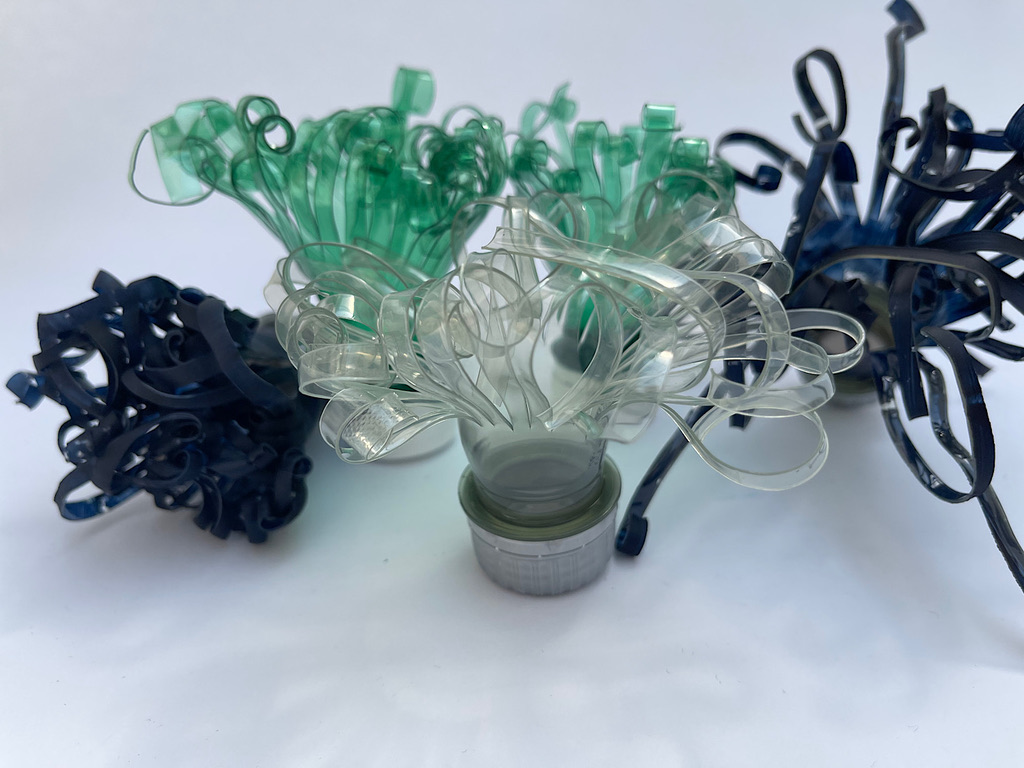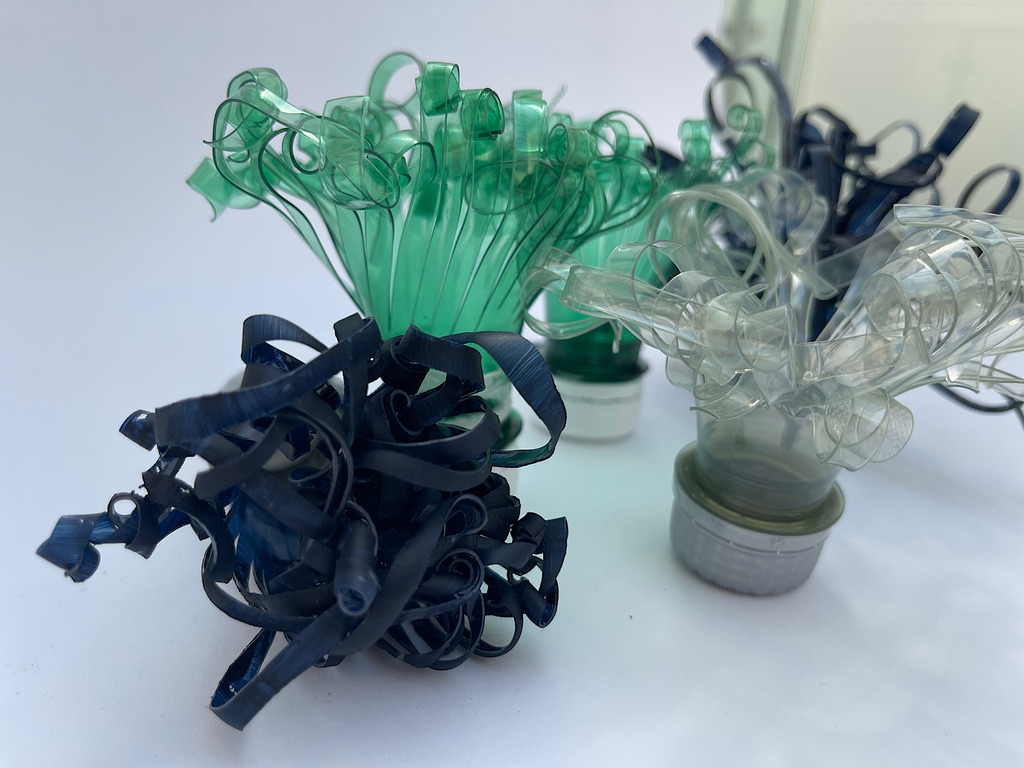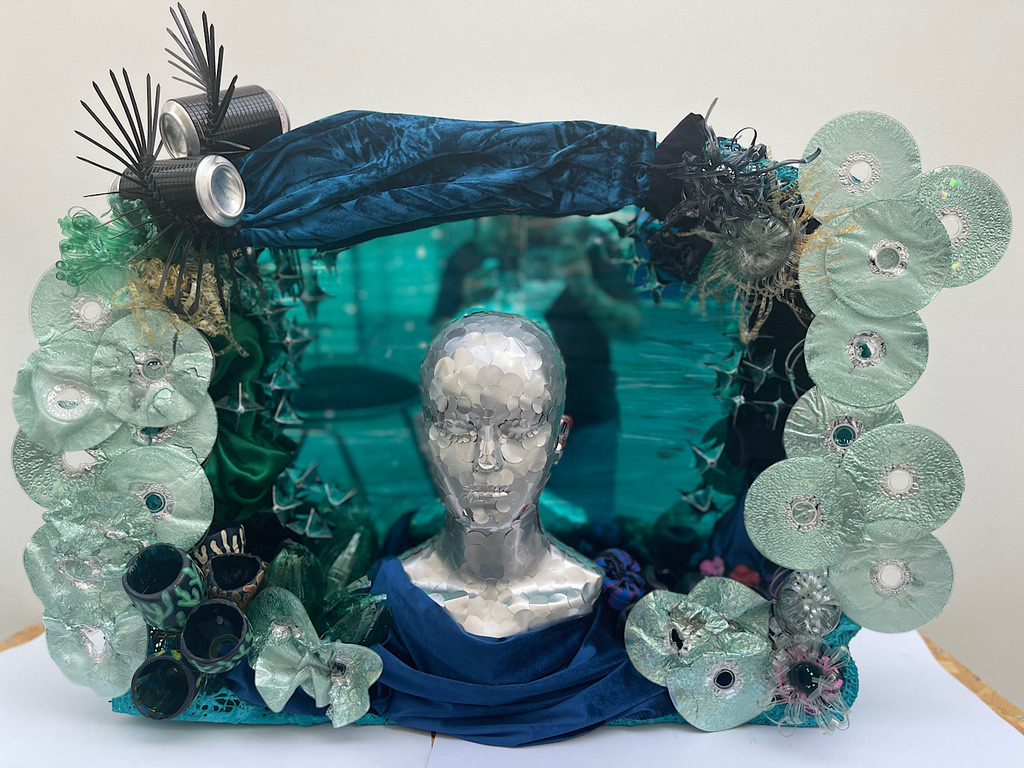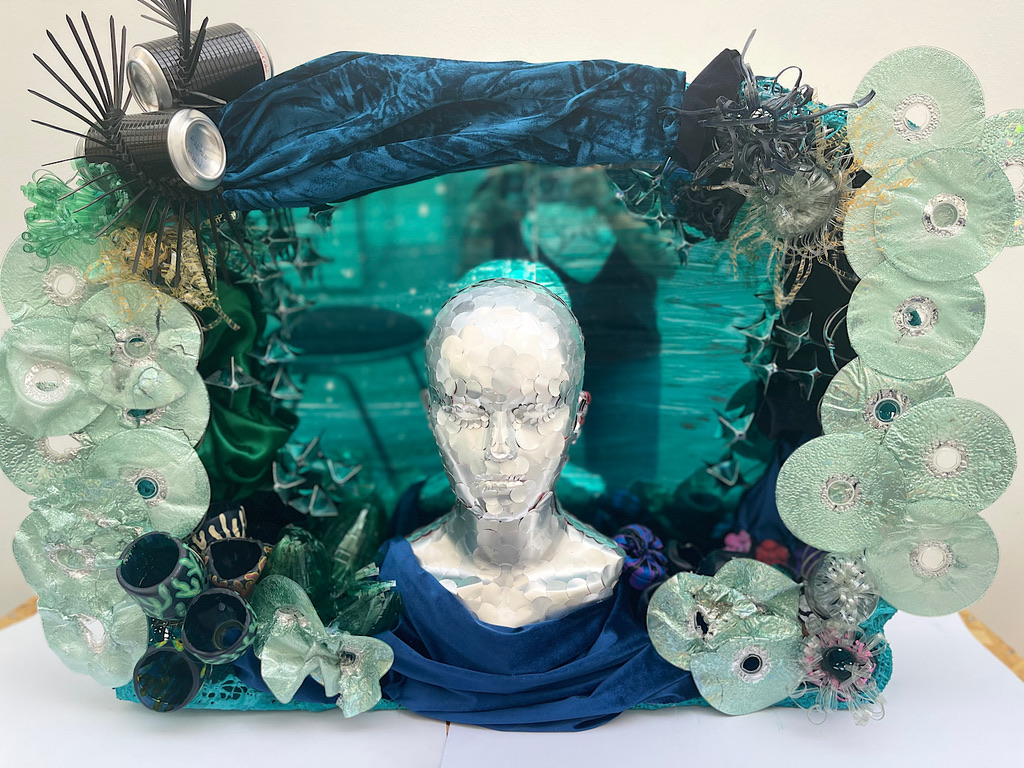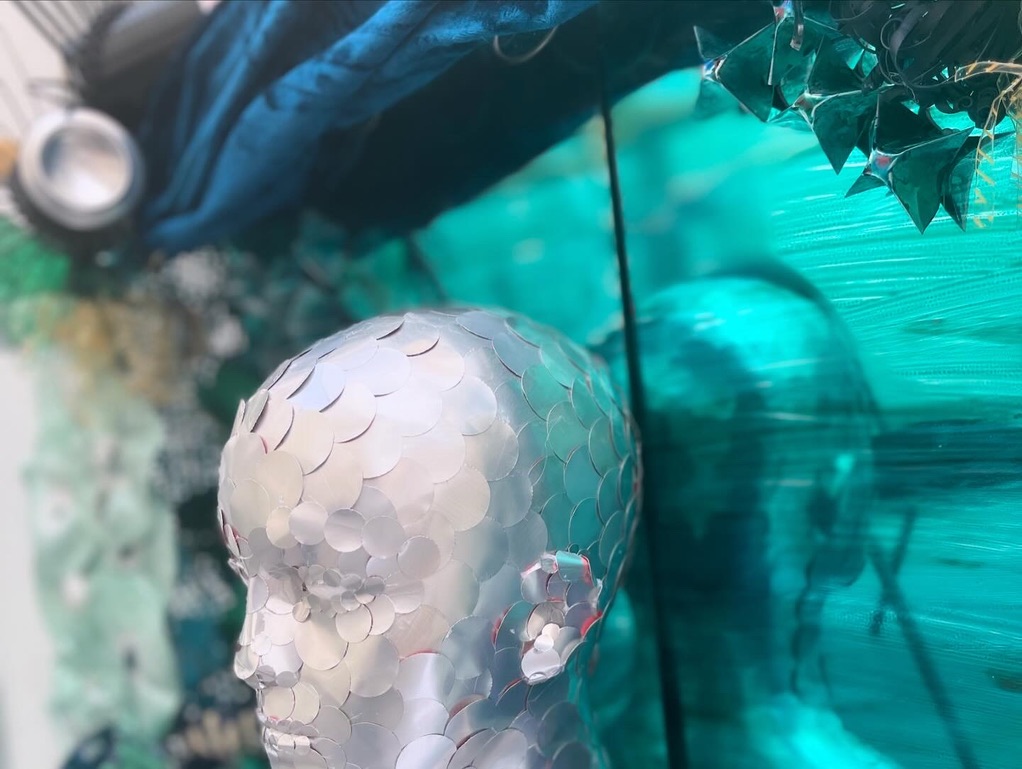THE CONNECTION
I intend to explore the theme of Natural World. I am interested in this subject because I believe in the relationship between humanity and the natural world, particularly the vast expanse of the sea, is deeply profound and multifaceted. Throughout history, the sea has been both a source of sustenance and a realm of mystery, shaping cultures, economies, and spiritual beliefs.
At its core, the relationship between man and the sea is one of interdependence. For centuries, coastal communities have relied on the bounty of the sea for food, trade, and livelihoods. Fishermen venture out into the waters, braving the unpredictable elements, to bring back their catch, providing sustenance for their families and communities. This symbiotic connection between humanity and the sea is not merely transactional but is infused with a sense of respect and reverence for the power and abundance of the ocean.
Yet, alongside this dependence, there exists a profound sense of awe and humility in the face of the vastness and mystery of the sea. The ocean, with its boundless horizons and unfathomable depths, has inspired countless myths, legends, and spiritual beliefs across cultures. It is a realm of both beauty and danger, capable of nurturing life and wreaking havoc with its storms and tempests. The sea has served as a metaphor for the human condition, symbolizing both freedom and confinement, adventure and peril.
Moreover, humanity’s relationship with the sea extends beyond mere practicality or symbolism; it is also fraught with environmental and ethical considerations. The health of the oceans is intricately linked to the well-being of the planet as a whole, yet human activities such as overfishing, pollution, and climate change have exacted a heavy toll on marine ecosystems. As stewards of the Earth, mankind faces the daunting task of balancing exploitation with conservation, ensuring that future generations can continue to benefit from the riches of the sea.
In essence, the relationship between man and the sea is a complex tapestry woven from threads of dependence, reverence, exploration, and stewardship. It is a reminder of humanity’s place within the broader context of the natural world and the responsibilities that come with our interconnectedness with it. As we navigate the challenges of the modern world, our relationship with the sea serves as a poignant reminder of the enduring power and fragility of the natural world that sustains us.
The theme is for me something very recurrent, I always have the sea in my head and those who have seen my artistic progression can see how it affects all my artistic projects. First thing that came to head while thinking about the project was to make an installation but I know I have a limited time to develop it and a reduced space. That is the reason why I am choosing sculpture for this last art project keeping on mind the idea of mixing material and working big. My goal with this project is to provoke a reaction of serenity and at the same time of closeness, the same feeling that comes to me every time I am near the sea.
Project Sketches.
These sketches explain the general idea I have in mind, including the materials to be used and how I would like the project to look once it’s completed. As we all know, the initial concepts of a project often don’t match the final outcome. I just hope I can maintain my patience and stay true to the overall vision throughout the process.
ARTIST RESEACH.
Just below, there is a document listing 28 artists who have served as sources of inspiration for this project. These include classical and contemporary sculptors, artists with whom I share thematic interests, and those who share my obsession with recycled materials.
TASTING HOW THE ALUMINIUM SEEMS TO LOOK.
These three photographs display various methods for covering the mannequin’s head. I am inclined to choose the circular designs because they are safer and, visually, they appear less aggressive. The circular shapes provide a softer, more harmonious aesthetic that aligns better with the overall vision of the project.



Melting CDS with a heat gun.
From the beginning, I wanted the sculpture to have a glossy finish, and for this, I have infinity options but the ones I have on mind are: metallic paint or, more fitting for the project, incorporating various materials, especially recycled ones, which I like to call “street treasures.” CDs are now largely obsolete and forgotten in most households, making them an accessible and readily available material. Below this paragraph, you can see the result of subjecting one of these CDs to the heat of a heat gun.




The game begins…
Here you can see the culmination of a small creative process in which I used zip ties to create some intriguing shapes. This project has been on my mind for a while, and it felt like the perfect moment to unleash my imagination. I’m still unsure whether these will be part of the final artwork or if I will even create more.




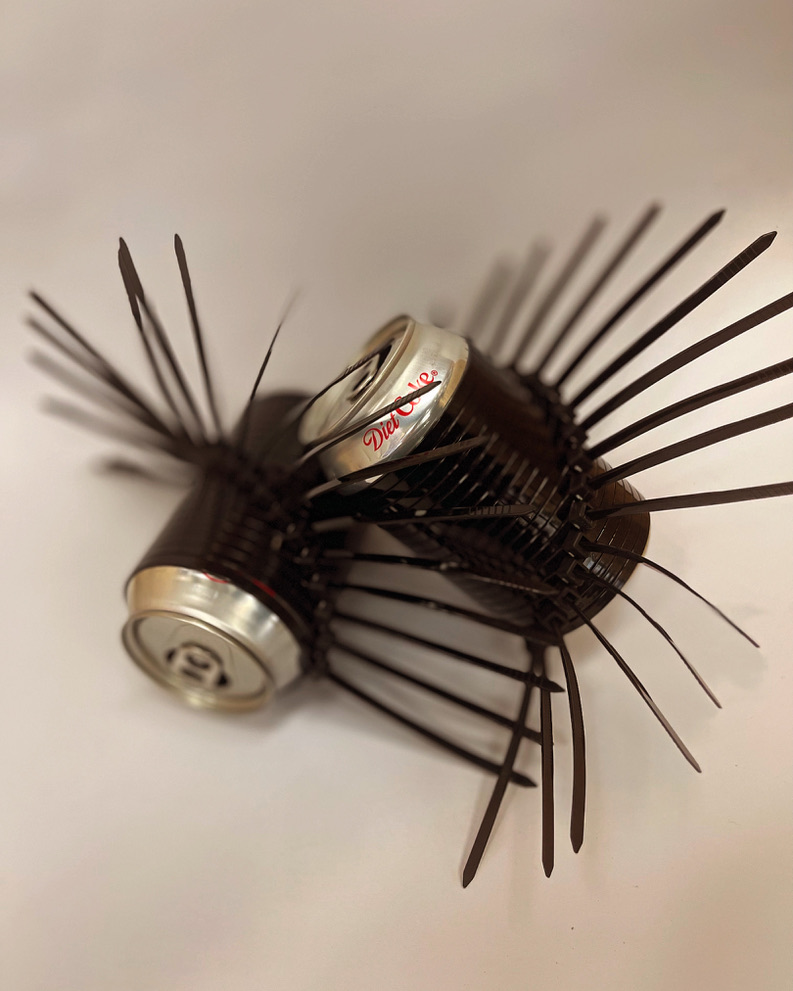


THE HEAD
I didn’t want to spend time molding a head, and I wasn’t sure if it would look reasonable, so I searched online for a ready-made one. For very little money, you can find any part of the body made of polystyrene.
Below these lines, there are a few photos of the failed attempt to attach what would be the scales of the main figure of the project using thumbtacks. The thumbtacks weren’t long enough and fell off at the slightest touch. The look was incredible, but the method didn’t work. On the back of the head, I used a glue gun instead. This method was cleaner and faster than using thumbtacks.
THE FRAME.
In these photographs, you can see two different materials. The first one I used was clay, but it was too heavy and didn’t adhere to the metal structure I had found on the street months ago. No matter how much I shaped it, there was no way it would hold its position. Another failure!
After a short break, I remembered how in our early sculpture projects, we used a material that seemed to come from a sack of potatoes and was used to create complex or difficult shapes. Using plaster and paint, I managed to cover the spring structure. Now, I just had to wait for it to dry to see the true result.


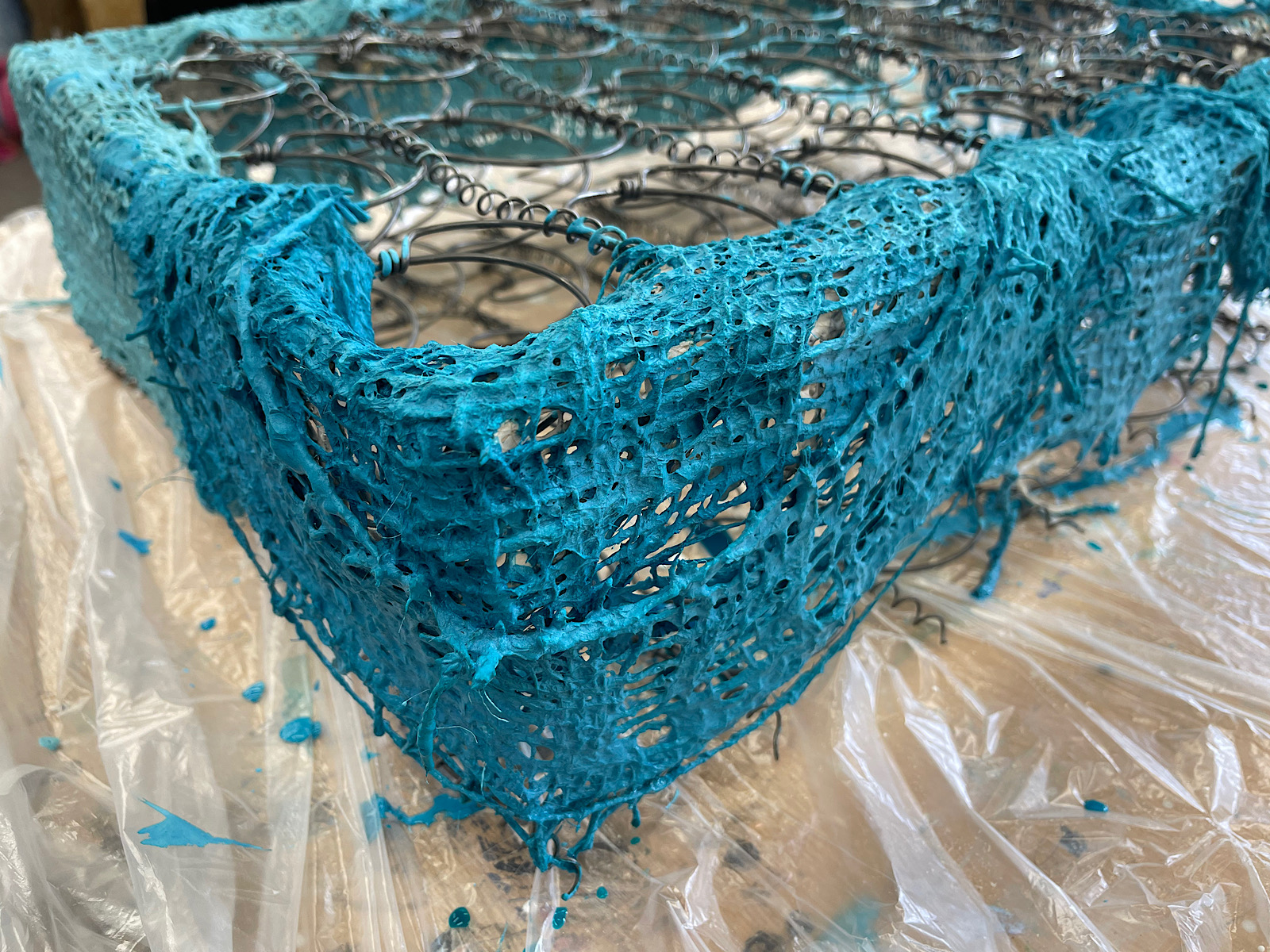

BACK TO THE MAIN FIGURE.
I used a punch to create all the circles from the Coca-Cola cans I had been saving throughout the year.
Although it seemed like I wouldn’t need more than I had made, when I reached certain parts of the face like the eyes, nose, mouth, and ears, I realised the circles were too large. I needed something smaller and more manageable, something that wouldn’t obscure the facial details.
WHAT I CAN DO WITH A HEAT GUN.
It was necessary to wait until everyone left the studio before taking out the heat gun. The smell emitted by the CDs when heat is applied to them is somewhat unbearable.
It’s fascinating to see the shapes they take and how they react to heat, but it’s challenging to control that behavior. In some cases, large, shiny, and eye-catching bubbles appeared, while in others, it seemed like all those bubbles didn’t even want to appear, and instead, the material was filled with the same pattern: wrinkles and dull colors.
BACK TO HER.
Having fun while working is essential because it enhances creativity, reduces stress, and improves overall productivity. When we enjoy what we’re doing, we are more engaged and motivated, which leads to better performance and a higher quality of work. A positive work environment fosters collaboration and innovation, making tasks feel less like a chore and more like an enjoyable challenge. Therefore, finding joy in our work is not just beneficial for our mental well-being but also crucial for achieving professional success.
The creation of this figure has been an example of what was mentioned earlier.
NOT ALWAYS YOU ARE SUCCESSFUL.
Below these lines, you can observe another failure attempt at creating the sea movement and the formation of reflections when sunlight hits the waves. The material didn’t have the right size, so they kept coming off. I needed a solution; I couldn’t leave the background empty.
Being tenacious when something doesn’t go as planned is crucial because it allows you to persevere despite setbacks. Frustration, though uncomfortable, can sometimes be a catalyst for deeper thinking and problem-solving. When faced with obstacles, rather than giving up, staying resilient and determined can lead to new insights and creative solutions. It’s through overcoming challenges that we grow and improve, both personally and professionally. So, embracing frustration as a natural part of the process and using it as fuel to keep pushing forward is essential for achieving success in any endeavor.
Sometimes it’s a matter of stepping back to realise the solution.
After taking a break from the studio, various ideas came to mind. I had several mirrors that I intended to use, but they were immensely large, and I couldn’t fit them into the structure because it was filled with intertwined springs. I needed to get rid of all that mess. With the help of a bolt cutter, I cut away everything I thought was unnecessary. It was time to cover the background, and what better way than to try to mimic sand? Basic, cheap, and easy-to-find materials came to mind: baking paper, aluminum foil, and PVA glue.
DEVELOPMENT PROCESS.
The glints in the sea are nothing more than small reflections of sunlight. After pondering for a few hours and realizing the amount of leftover material I had, it occurred to me to mimic those glints. In the illustrations, they appear as four-pointed stars, so I attempted to replicate that shape.
The sea appears blue primarily due to the way water absorbs and scatters sunlight. Water absorbs colors at the red end of the light spectrum more effectively than colors at the blue end. When sunlight hits the ocean, the water absorbs the longer red wavelengths and scatters the shorter blue wavelengths, causing the blue color to be more prominent to our eyes. Additionally, the sea can also reflect the blue sky, which enhances its blue appearance. Other factors, such as the presence of algae or particles in the water, can affect the exact shade of blue seen in different locations.
The importance of reusing materials, especially plastic, in this project cannot be overstated. By repurposing plastic, we reduce waste, conserve resources, and minimize environmental pollution. This approach not only supports sustainability but also promotes innovative solutions to the growing problem of plastic waste. Incorporating recycled materials helps create a more eco-friendly project and sets a positive example for future projects.
Indeed, I found the process and development of certain parts of this project enjoyable, although there were conflicting feelings regarding the control of the materials. No matter how hard I tried to mimic or create bubbles by heating the CDs, the plastic didn’t follow any predictable behavior and reacted to heat in various, entirely uncontrollable ways, somewhat disappointing. Nevertheless, the result was visually pleasing.
I think there came a time when I became obsessed with materials that shimmered and with certain colors.
BUILDING THE SEA PLANTS.
Corals are distributed across a wide range of marine environments, from warm, shallow tropical waters to deep, cold ocean floors, each providing unique conditions that support various corals species.
The brillant colors of corals are a result of a complex interplay between their symbiotic algae, fluorescent proteins, natural pigments, and environmental factors. These colors are not just for show but play crucial roles in the survival and health of corals reefs.
Not all the elements representing marine flora needed to be colorful, the material itself provided subtle and pleasant hues that blended seamlessly with the project.
This emphasizes the importance of the material used, suggesting that its inherent characteristics, such as texture, sheen, and tone, can contribute to an effective and aesthetically pleasing representation of marine flora without the need for additional colors.
FINAL PIECE.
“The Connexion” is a mixed-media sculpture that combines discarded materials to comment on urbanisation, waste, and the beauty found in unexpected places. The sculpture features a central human head motif, symbolising the human impact on the environment, surrounded by elements that evoke both the urban and natural worlds.
COMPONENTS AND MATERIALS.
- Head Sculpture:
Position: Centrally located.
Material: Covered in aluminum cans, meticulously cut and arranged to create a metallic texture.
Symbolism: Represents the pervasive presence of humanity and its imprint on the environment. The use of aluminum cans highlights consumerism and recycling. - Mattress Frame:
Function: Acts as the structural base of the sculpture.
Material: Repurposed metal mattress frame.
Aesthetic: Provides a gritty, industrial feel, contrasting with the organic shapes of other elements. - Plastic Bottles:
Transformation: Customised to resemble coral formations using a heat gun.
Appearance: Melted and reshaped to mimic the intricate and delicate structures of coral.
Symbolism: Represents marine life affected by pollution, emphasizing the impact of plastic waste on oceans - Mirrors:
Placement: Positioned at the back of the sculpture.
Effect: Reflective surfaces create depth and invite viewers to see themselves within the context of the sculpture, encouraging self-reflection on personal contributions to environmental issues. - Fabric:
Usage: Draped or wrapped around parts of the sculpture.
Material: Recycled fabric scraps.
Purpose: Adds a softer, more organic texture to the sculpture, contrasting with the hard metals and plastics. It symbolises the potential for regeneration and the interweaving of different elements of life.
VISUAL AND CONCEPTUAL THEMES.
Urbanisation vs. Nature: The sculpture juxtaposes urban detritus (aluminum cans, mattress frame) with representations of natural beauty (coral-like plastic bottles), highlighting the tension and interaction between human activity and the natural world.
Recycling and Transformation: By repurposing everyday waste materials into art, the sculpture underscores the potential for renewal and creativity in addressing environmental issues.
Reflection and Self-awareness: The mirrors serve not only as a physical element but also as a metaphor for introspection, urging viewers to consider their own roles in the environmental narrative.
IMPACT AND INTERPRETATION.
“The connection” is designed to provoke thought and dialogue about the consequences of urban waste on natural ecosystems. It challenges viewers to find beauty in discarded materials and to reflect on the broader implications of consumer culture and environmental stewardship. The combination of industrial and organic elements invites contemplation on the interconnectedness of human and natural systems and the importance of sustainable practices.
This sculpture is both a visual feast and a call to action, blending artistic expression with environmental advocacy.
FINAL EVALUATION.
The project has been a deeply enriching experience, albeit one fraught with challenges and learning curves. Reflecting on the journey, I recognize several key areas where the project excelled and others where it fell short. This evaluation aims to provide a comprehensive overview of the project’s successes, challenges, and potential improvements.
The project’s primary theme centered on the oceans and marine flora, particularly corals, highlighting their beauty and the critical issues they face due to environmental degradation. The thematic choice was deeply influenced by my research into the impacts of pollution and climate change on marine ecosystems. I discovered the alarming rate at which coral reefs are being affected by rising ocean temperatures, acidification, and contamination. This knowledge not only informed the conceptual framework of my sculptures but also fueled a personal commitment to raise awareness through my art.
One of the project’s notable successes was the exploration and utilization of plastic as a primary material. Initially, plastic was not a material I had considered extensively, but its ubiquity and versatility proved to be advantageous. The material’s accessibility and ease of manipulation allowed for a wide range of creative expressions. I found that plastic’s ability to be shaped, colored, and textured made it an ideal medium for mimicking the intricate forms and vibrant hues of marine flora.
The decision to focus on plastic also carried an underlying commentary on pollution, as plastic waste is a significant threat to marine environments. By repurposing discarded plastic into art, the project subtly advocated for recycling and environmental consciousness.
If given more time, I believe the project could have benefited from greater detail and variation. My original vision included a series of sculptures, each representing different aspects of marine flora. However, time constraints limited the scope of what I could achieve. I am confident that with additional time, the sculptures could have displayed more intricate details, offering a richer and more nuanced portrayal of the underwater world.
Moreover, I have a tendency to gravitate towards large-scale works, often overlooking the potential of smaller, more intimate pieces. While large sculptures make a bold statement, smaller works can offer a different perspective, encouraging viewers to engage more closely with the details. In future projects, balancing large and small-scale pieces might yield a more comprehensive and engaging exhibition.
The artistic process revealed several areas for growth. One significant challenge was my approach to sketching and preliminary drawings. I did not allocate sufficient time to develop detailed sketches and loop drawings, which are crucial for refining ideas and visualizing the final piece. This oversight resulted in a project that, at times, felt visually immature and hastily executed.
Sketching provides an opportunity to experiment with composition, form, and perspective before committing to the physical creation. Inadequate preliminary work likely contributed to a final product that, in some respects, appeared simplistic and lacked the depth I initially envisioned.
Despite the challenges, the project achieved a level of visual and emotional impact that resonated with viewers. The vibrant colors and dynamic forms of the sculptures successfully captured the essence of marine flora, drawing attention to their fragile beauty. However, I also felt that the project, in its final form, appeared somewhat childish. This could be attributed to the simplicity of the designs and a lack of sophisticated detailing.
Fatigue and external pressures played a significant role in this outcome. The past year has been incredibly demanding, with intense academic and personal commitments leaving little time and energy for the project. This exhaustion inevitably affected the quality and depth of my work. Given more time and a less demanding schedule, I believe the project could have achieved a higher level of polish and sophistication.
Looking forward, there are several ways in which the project could be expanded and improved. Incorporating multimedia elements such as images and sounds could enhance the immersive experience, offering a more comprehensive portrayal of marine ecosystems. Additionally, presenting the sculptures in varied settings, such as wall-mounted installations or interactive displays, could provide new dimensions to the viewer’s experience.
Another area for potential growth is the exploration of different materials and techniques. While plastic proved to be a versatile medium, experimenting with other materials like resin, metal, or biodegradable substances could add complexity and sustainability to the project.
In conclusion, the project was a valuable learning experience that highlighted both my strengths and areas for improvement as an artist. The use of plastic as a primary material was a significant success, offering versatility and an environmental message. However, time constraints, insufficient preliminary work, and personal exhaustion limited the project’s overall execution. Moving forward, I aim to refine my artistic process, explore new materials, and incorporate multimedia elements to create more detailed and impactful works.

